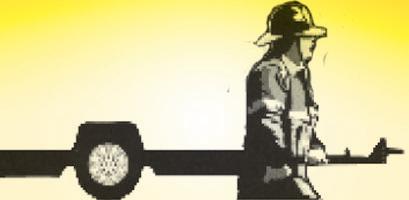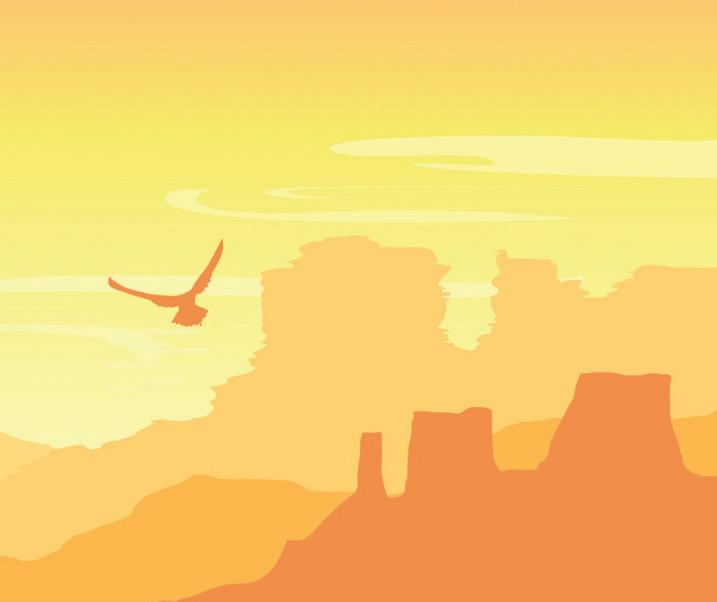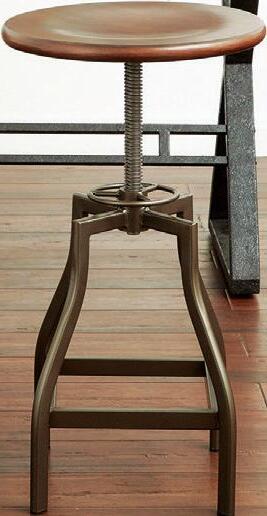Volume 30 • Number 6
February 8, 2023



The Voice of Marana since 2007


Volume 30 • Number 6
February 8, 2023




Every morning as Alvin Ramsey starts his day, he spends time in prayer.
He knows without a doubt that he has the power to make the day terrible or better for the 60 kids who ride his bus to Tortolita Middle School. It’s a responsibility he takes seriously.

“I tell people the driver is the one who sets the atmosphere for the students who ride on the bus,” he said. “You have to have the right spirit in you to where, when students get on the bus, they can feel that atmosphere. If the driver creates a positive atmosphere when the students get on the bus, they’re going to feel that.
“God placed me in this position to where I could be able to have that type of impact in the
see RAMSEY page 7
www.Maranaweeklynews.com
BY CHRISTINA FUOCO-KARASINSKI Tucson Local Media StaJoshua Carzoli is honored to be the new chief executive officer of MHC Healthcare.
The facility has provided health care since its incorporation in 1957. It started by treating migratory farm workers and other locals in Marana.
Since then, MHC Healthcare has grown to a network of 16 health centers that employs more than 700 staff, and serves over 70,000 patients.
Carzoli is well aware of MHC Healthcare’s legacy and he’s willing to carry on the tradition.
“My long-term goal is to continue the legacy, standing on the giants of leaders who came before me,” he said. “I want MHC to flourish from a growth and quality perspective in the Marana and Tucson areas.”
An avid music fan, Carzoli has shortterm goals, one of which he’s already ticked off his list.
“I’m big on the people of the organization,” he said. “It’s important to get out
See more health inside.







 Alvin Ramsey drives bus 514 but is so much more than a chauffeur to his passengers, which is why he was named the Marana Unified School District Support Staff of the Year. (Noelle Haro-Gomez/Contributor)
Alvin Ramsey drives bus 514 but is so much more than a chauffeur to his passengers, which is why he was named the Marana Unified School District Support Staff of the Year. (Noelle Haro-Gomez/Contributor)













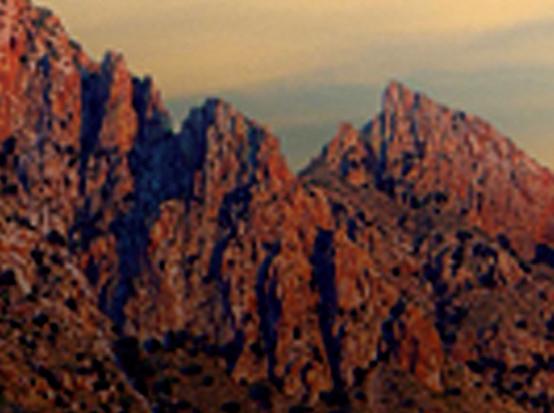


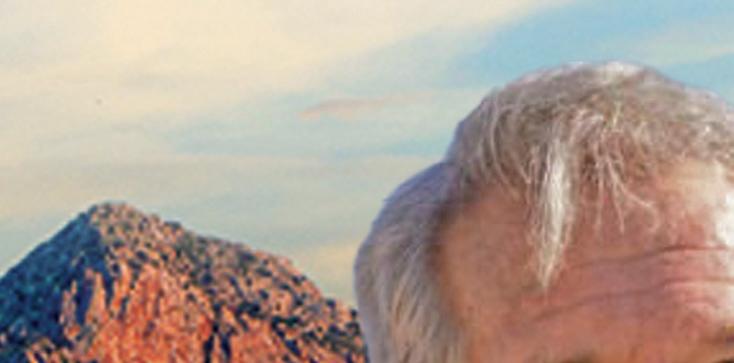
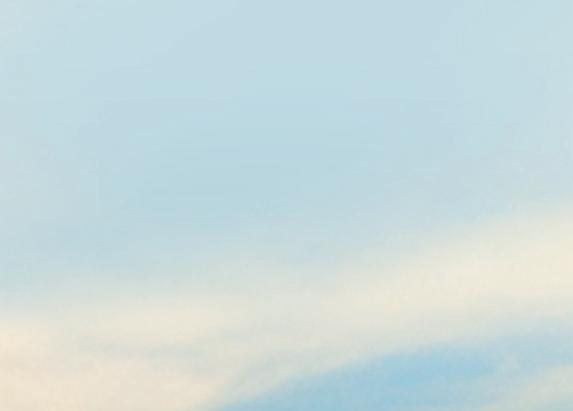

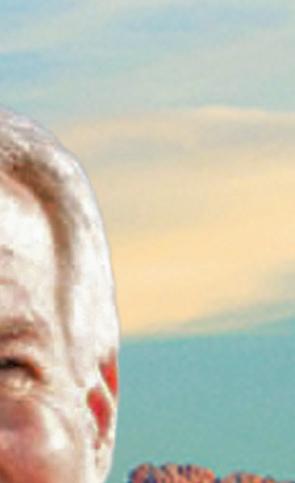

La Posada, Southern Arizona’s award-winning Life Plan Community is bringing its commitment to excellence to Oro Valley.



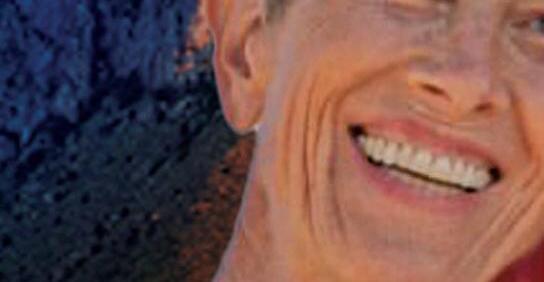


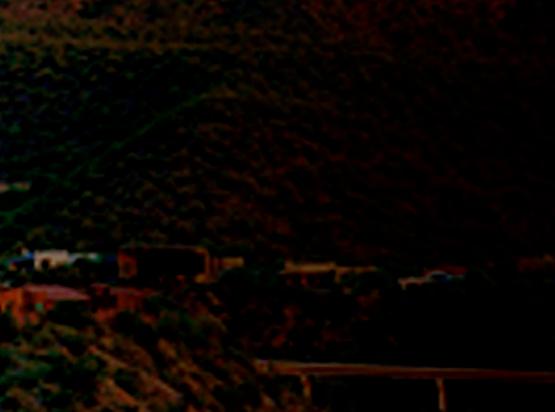
Awe-inspiring mountain views. An oasis of first-class amenities.
Secure your future where great neighbors connect to live life well.


Finely appointed apartment homes.



ORO VALLEY COUNTRY CLUB
Thursday, March 2
Wednesday, April 5
Thursday, May 4


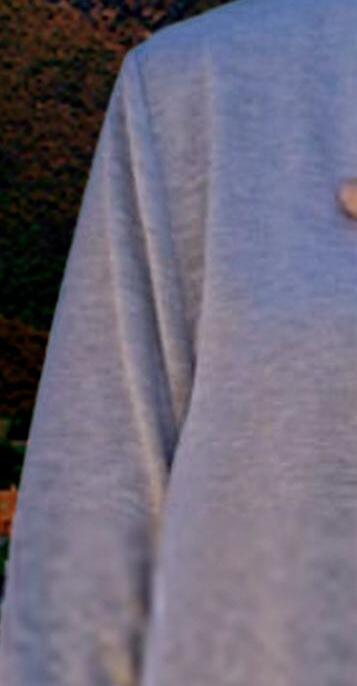
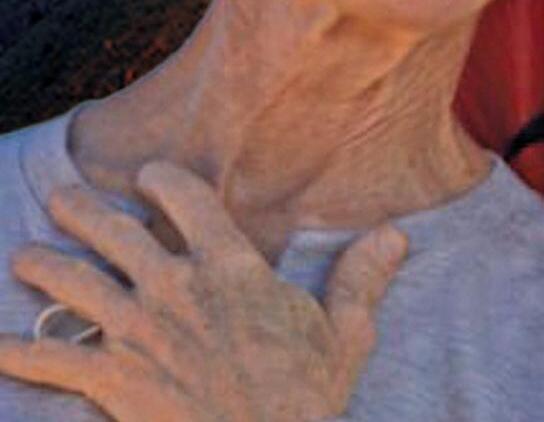








SADDLEBROOKE 2 BALLROOM
Thursday, February 16
Friday, March 17
RSVP today by calling 520-531-3480. Seating is limited. Lunch will be served.




Please join us for an upcoming luncheon and informative presentation on a date and location that is convenient for you:





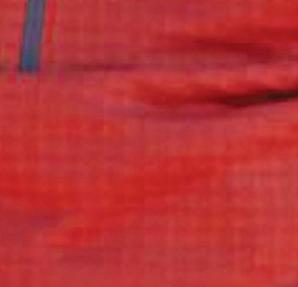





The Explorer and Marana News is published every Wednesday and distributed free of charge to homes and in single-copy locations throughout the Northwest Tucson. To find out where you can pick up a free copy of the Explorer and Marana News, go to www.TucsonLocalMedia.com
STAFF
ADMINISTRATION
Steve T. Strickbine, Publisher
Michael Hiatt, Vice President
Claudine Sowards, Accounting claudine@tucsonlocalmedia.com
EDITORIAL
Christina Fuoco-Karasinski, Executive Editor christina@tucsonlocalmedia.com
Karen Scha ner, Sta Reporter kscha ner@timespublications.com
Hope Peters, Sta Reporter hpeter@timespublications.com
Katya Mendoza, Sta Reporter, kmendoza@timespublications.com
PRODUCTION
Shannon Mead, Production/Design Supervisor smead@timeslocalmedia.com
Kimberlee Shaw, Graphic Designer kshaw@timeslocalmedia.com
CIRCULATION
Aaron Kolodny, Circulation Director, aaron@phoenix.org
Brian Juhl, Distribution Manager, brian@timeslocalmedia.com
ADVERTISING
TLMSales@TucsonLocalMedia.com
Gary Tackett, Account Executive, gtackett@tucsonlocalmedia.com
Kristin Chester, Account Executive kristin@tucsonlocalmedia.com
Candace Murray, Account Executive candace@tucsonlocalmedia.com
Tyler Vondrak, Account Executive tyler@tucsonlocalmedia.com
Leah Pittman, Account Executive lpittman@tucsonlocalmedia.com
NATIONAL ADVERTISING
Zac Reynolds, Director of National Advertising Zac@TimesPublications.com
BY KATYA MENDOZ Tucson Local Media StaffWednesday, Feb. 8, ongoing
The African American Museum of Southern Arizona opened its doors at the UA. Co-founded by Beverly and Bob Elliott, the museum presents a cultural and educational experience through items of significance and intentional storytelling to preserve African American and Black life, culture and history in Southern Arizona to benefit the community. Located in room 244 of the Student Union Memorial Center, the museum has free admission. Until regular hours are established, interested visitors can schedule an appointment by emailing aamuseumofsouthernaz@ gmail.com. Visit aamsaz. org for more information. African American Museum of Southern Arizona, 4511 N. Campbell Avenue, Suite 255-2.
Wednesday, Feb. 8, to Saturday, May 20



staff, military personnel, AAM members, visitors with a SNAP card or Tribal ID, and children. For more information about other ongoing exhibits, visit artmuseum.arizona. edu. The University of Arizona Museum of Art, 1031 N. Olive Road.
Wednesday, Feb. 8, to Saturday, April 8
The Tucson Desert Art Museum presents its “¡Pleibol! In the Barrios and the Big Leagues/En los barrios y las grandes ligas” through Saturday, April 8. Organized by the Smithsonian Institution Traveling Exhibition Service in collaboration with the National Museum of American History, this exhibit examines the sport and how Latinos have helped shape what it is today. Tickets are $10
see HOT PICKS page 4
Oro Valley, AZ – When it comes to chronic pain and/ or neuropathy, the most common doctor-prescribed treatment is drugs like Gabapentin, Lyrica, Cymbalta, and Neurontin. The problem with antidepressants or anti-seizure medications like these is that they offer purely symptomatic relief, as opposed to targeting and treating the root of the problem. Worse, these drugs often trigger an onset of uncomfortable, painful, and sometimes harmful side effects.
The only way to effectively treat chronic pain and/or peripheral neuropathy is by targeting the source, which is the result of nerve damage owing to inadequate blood flow to the nerves in the hands and feet. This often causes weakness, numbness, tingling, pain, and balance problems. A lack of nutrients causes the nerves to degenerate – an insidious and often painful process.
cannot survive, and thus, slowly die. This leads to those painful and frustrating consequences we were talking about earlier, like weakness, numbness, tingling, balance issues, and perhaps even a burning sensation.
The drugs your doctor might prescribe will temporarily conceal the problems, putting a “BandAid” over a situation that will only continue to deteriorate without further action.
Thankfully, Oro Valley is the birthplace of a brandnew facility that sheds new light on this pressing problem of peripheral neuropathy and chronic pain. The company is trailblazing the medical industry by replacing outdated drugs and symptomatic reprieves with an advanced machine that targets the root of the problem at hand.
1. Finding the underlying cause
2. Determining the extent of the nerve damage (above 95% nerve loss is rarely treatable)
3. The amount of treatment required for the patient’s unique condition
Arrowhead Physical Medicine in Oro Valley, AZ uses a state-of-the-art electric cell signaling systems worth $100,000.00. Th is ground-breaking treatment is engineered to achieve the following, accompanied by advanced diagnostics and a basic skin biopsy to accurately analyze results:
1. Increases blood flow
2. Stimulates and strengthens small fiber nerves
3. Improves brain-based pain
The number of treatments required varies from patient to patient, and can only be determined following an in-depth neurological and vascular examination. As long as you have less than 95% nerve damage, there is hope!
Arrowhead Physical Medicine begins by analyzing the extent of the nerve damage – a complimentary service for comprises a detailed your friends and family.sensoryEach exam evaluation, extensive peripheral vascular testing, and comprehensive analysis of neuropathy findings.
Arrowhead Physical Medicine begins by analyzing the extent of the nerve damage –a complimentary service for comprises a detailed your friends and family. Each sensory exam evaluation, extensive peripheral vascular testing, and comprehensive analysis of neuropathy ndings.
Arrowhead Physical Medicine will be offering this free chronic pain and neuropathy severity evaluation will be available until December 31st, 2022. Call (520) 934-0130 to make an appointment
It’s been a long journey for Willem de Koonig’s “Woman-Ochre,” since its theft in 1985 from the University of Arizona Museum of Art. After three decades later, it’s returned home. It’s on display through May. Tickets for “Restored: The Return of Woman-Ochre” are $8 general admission; $6 seniors 65-plus and groups of 10 or more; and free for students with ID, museum members, UA faculty,

As displayed in figure 1 above, the nerves are surrounded by diseased, withered blood vessels. A lack of sufficient nutrients means the nerves

Effective neuropathy treatment relies on the following three factors:


The treatment works by delivering energy to the affected area(s) at varying wavelengths, from low- to middle-frequency signals, while also using Amplitude Modulated (AM) and Frequency Modulated (FM) signaling
It’s completely painless!
THE GREAT NEWS IS THAT THIS TREATMENT IS COVERED BY MEDICARE, MEDICAID, AND MOST INSURANCES!!
Depending on your coverage, your peripheral neuropathy treatment could cost almost nothing – or be absolutely free.
Arrowhead Physical Medicine will be o ering this free chronic pain and neuropathy severity evaluation will be available until February 28, 2023. Call (520) 934-0130 to make an appointment
Due to our very busy office schedule, we are limiting this offer to the first 10 c allers. Y OU DO NOT HAVE TO SUFFER ANOTHER MINUTE, CALL (520) 934-0130 NOW!!
We are extremely busy, so we are unavailable, please leave a voice message and we will get back to you as soon as possible.
Arrowhead Physical Medicine 10425 N Oracle Rd., Suite
HOT PICKS from page 3
for adults, $8 for seniors, $6 students/ children, and free for active military. For more information about permanent and ongoing exhibitions, visit tucsondart. org. Tucson Desert Art Museum, 7000 E. Tanque Verde Road.
Thursday, Feb. 9
The Southern Arizona Arts & Cultural Alliance (SAACA) presents the Oro Valley Concert Series on Thursday, Feb. 9, at the Oro Valley Marketplace. Jam with the local alternative folk rock band, Sophia Rankin and the Sound, from 6 to 7:30 p.m. Their unique blend of folk, pop, Americana and rock music connects with listeners across all ages. Admission is free. For more information about events sponsored by SAACA, visit saaca.org. Oro Valley Marketplace, 12155 N. Oracle Road.
Wednesday, Feb. 8 through Sunday,
April 2
Huzzah! The 35th annual Arizona Renaissance Festival returns to Pinal County. The medieval amusement has a 16-stage theater, a 50-acre circus, arts and crafts fair, jousting tournament and feast. Mingle with more than 2,000 characters in costume and don’t forget to eat a giant roasted turkey leg. Eat, drink and be merry, for there is so much to see and do. Tickets are $33 for adults, $21 for children 5-12, (children 4 and under are free) if purchased in advance at any Bashas’ or Food City statewide. For a full list of activities and schedule of events, visit arizona. renfestinfo.com. Arizona Renaissance Festival, 12601 E. U.S. Highway 60, Gold Canyon.
Sunday, Feb. 12
The Tucson Museum of Art and Historic Block hosts Second Sundaze: Family Day at the TMA. From 10 a.m. to 5 p.m. every second Sunday of the month, the TMA offers “pay-what-you-wish” admission all day. From 11 a.m. to 4 p.m. enjoy family-friendly activities while engaging
with art, history and regional culture and from noon to 5 p.m. Shop the Mujeres Market Tucson, a femme-centered marketplace showcasing BIWOC and QTBIPOC creators and artisans, including a DJ and mimosa bar. Visit tucsonmuseumofart.org for more information. Tucson Museum of Art and Historic Block, 140 N. Main Avenue.
Wednesday, Feb. 8, to Saturday, Feb. 11
The American Indian Fine Arts Show at the Red Roof Inn brings together the creative talent of American Indian artists from Tohono O’odam, Hopi, Yaqui and other Nations this weekend during the Tucson Gem, Mineral and Fossil Showcase. From silvery inlay and overlay jewelry, baskets, painting and other works of art, visit the show for authentic American Indian art. Free admission. The show is open from 9 a.m. to 5 p.m. everyday. Visit xpopress.com for more information. Red Roof Inn Tucson Downtown, 1300 N. Stone Avenue.
Wednesday, Feb. 8, to Sunday, Feb. 12
The world-renowned winter Tucson Gem, Mineral and Fossil Showcase, which began Jan. 28, attracts nearly 65,000 visitors from around the globe each year at over 48 locations throughout the city. Guests are invited to enjoy rare gems, minerals and fossils. Shows begin anywhere between 8 and 10 a.m. lasting through 6 to 8 p.m. daily. For a full guide, visit visittucson.org.
Wednesday, Feb. 8, to Sunday, Feb. 12
The 22nd Street Mineral, Fossil, Gem & Jewelry Show is open from 10 a.m. to 6 p.m. daily, now through Sunday, Feb. 12. Known as one of the “Big 3,” shows in town, the 22nd Street Show provides free admission, free Wi-Fi, a food court and onsite parking for $10 or $5 for offsite parking. This show is also known for its climate-controlled hard wall tents and perfect balance of minerals, fossils, dinosaurs, meteorites, jewelry and beads. For more information, visit 22ndstreet.show. 22nd Street Show, 600 W. 22nd Street.



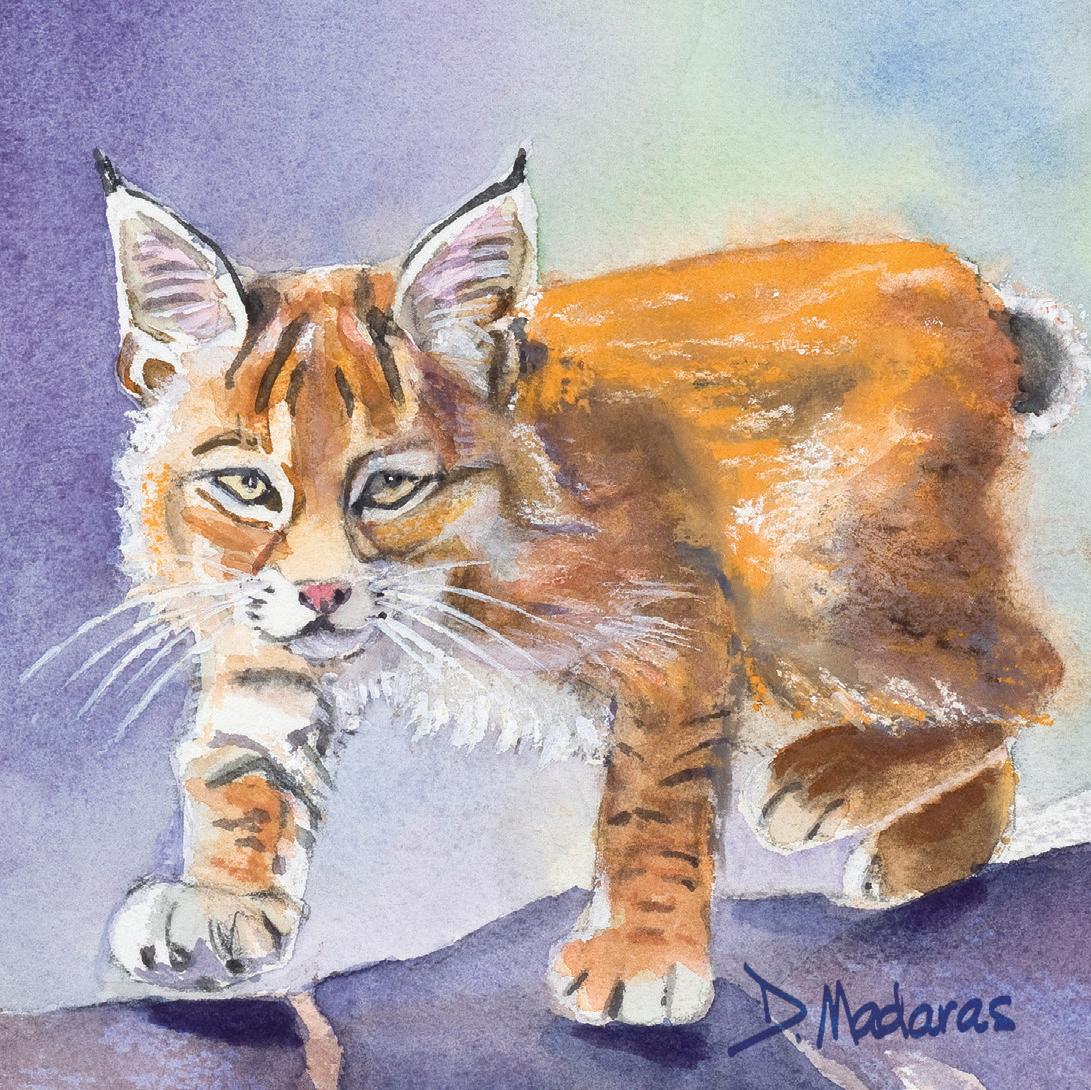



CARZOLI from page 1 the federal Office of Economic Opportunity to establish health centers in medically underserved inner-city and rural areas of the country.
and meet the team. I did that within my first couple of days.
“In the next month, I’m visiting the 16 health center sites. That’s important for me. Through that process, I’m going to learn the processes of the organization in terms of how care is provided to the community. I’m becoming more familiar with the data of the organization, in the short term.”
Carzoli has been in the community health center space for the last 20 years and has grown as a leader, he said. He longed to work for MHC Healthcare, so when the opportunity arose to apply for CEO, he took it.
“When this position became open, I was serving as chief operating officer at a sister health center,” he said. “It seemed like the right fit, professionally for me. I would have the chance to work in the community I live in and continue the great legacy of the community health center movement. All of that spoke to me and it seemed like the perfect fit.”
The community health center movement started with President Lyndon B. Johnson’s major War on Poverty initiatives in the early 1960s.
Dr. H. Jack Geiger and other health care pioneers submitted proposals to

The two Neighborhood Health Centers, as they were called, were in Boston and Mound Bayou, Mississippi.
“The community health center movement has continued to grow since that time,” he said. “There are 1,600 health centers across the nation, and they’re providing care to every member of the community.”
Prior to his service with the community health center movement, Carzoli worked as a licensed optician for 16 years. He enjoyed the interaction with the public.
“I felt I had capped out, for lack of a better term, in terms of the ability for growth,” Carzoli said.
“I opted to go back to school and moved from Yuma to Tucson to reconnect with my wife and continue my education.”
He volunteered at El Rio Health pharmacies and remembered being surprised by the number of customers.
“I still remember my first day,” he said. “It was really busy. I knew nothing about pharmacy. The folks in that organization focused on taking care of people and they helped people regardless of ability to pay and life circumstance.
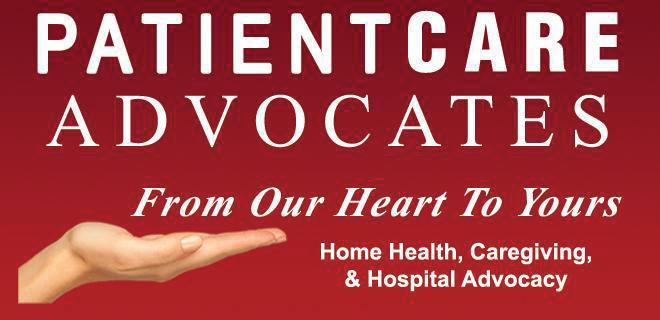

“It spoke to my ‘why’ and seemed to be that missing piece I wasn’t getting in the retail career.”
He graduated in 2010 from the College of Pharmacy at the UA. Between 2010 and 2022, he was promoted seven
times at El Rio Health and earned his master’s degree.
“I think a large part of that growth is the love of the work, the community health center movement and my growth as well,” he said.
Carzoli admires the work of his staff and strives to maintain their professionalism and empathy. The patient care experience is No. 1 to Carzoli.
“Sometimes they’re hearing terrible news, news that isn’t so great,” Carzoli said. “We’re there to support you. Passion is the perfect word to my approach to work. The difference is we have to make an impact not just in the lives of the community, but the people who work at MHC. We provide meaningful employment. We provide education and growth for the employees of the organization. It’s a testament to the vision and long-term strategy of the organization.
“It’s a testament to the vision and the long-term strategy of the organization, and the importance of the leadership team working with our board of directors.”











































When Tim Hunter was in the first grade, he recalled his teacher giving him a book on the night sky.
“I remember my first-grade teacher showing me a book of constellations,” the Oro Valley resident said. “I remember the constellation, Cygnus the Swan. Now it’s typically shown as the Northern Cross, and I thought, ‘I wonder if I can see that someday.’”
Published around 1925, the book was old then, as was the information, he said.
“This book is out of date because at that time I knew Pluto was a planet,” he added. “Now you come back 70 years later, and Pluto’s no longer a planet. The book is back in vogue.”
That interest in astronomy has turned into a lifelong avocation. He has two

Tim Hunter is an avid amateur stargazer and writer. (Tim Hunter/ Submitted)
describing,” added Hunter, who said a telescope isn’t needed.
To celebrate its publication, the University of Arizona Press is holding a party suitable for the entire family at 6 p.m. Wednesday, Feb. 15, at the Western National Parks Association Store in Oro Valley.
The free event, “We Love the Night Sky,” will kick off with a few words from David Levy, who in 1993 co-discovered Comet Shoemaker-Levy 9.
took him a year to complete.
Although astronomy has been a passion, observing the night sky hasn’t always been a lark. There have been disappointments and errors along the way.
personal observatories and has written a weekly astronomy column called, “Sky Spy.”
Retired from the radiology department at the UA since 2014, Hunter has been working on a true labor of love. He’s published a book for beginner astronomers, “The Sky at Night, Easy Enjoyment from Your Backyard.” It takes the intimidation out of amateur astronomy.
“You can walk out to your backyard, put your lawn chair down and see what I’ve been



A U.S. National Park ranger will discuss why national parks are the best places to observe the night sky. Hunter will share thoughts on his book and what observers will see in the February night sky. Finally, several telescopes will be set up for viewing.
Hunter could be called a true amateur stargazer and he encourages the public to try it. To that end, Hunter has compiled bits and pieces from some of his 750 weekly columns into this book, which includes a glossary. Each chapter is complete unto itself, he said, so there’s no need to read the book in order. It


“When I was in medical school in 1966 it was predicted that the Leonid Meteor Shower would be great,” he said. “I knew that, but I didn’t bother to get up, and the next morning I read the headline about how it was probably the best meteor storm in the world’s history. I almost regurgitated, I was so upset with myself.”
The Leonids are best seen after midnight.
“We Love the Night Sky: A Book Launch and Star Gazing Event”
WHEN: 6 p.m. Wednesday, Feb. 15
WHERE: The Western National Parks Association Store, 12880 N. Vistoso Village Drive, Oro Valley
COST: Free


















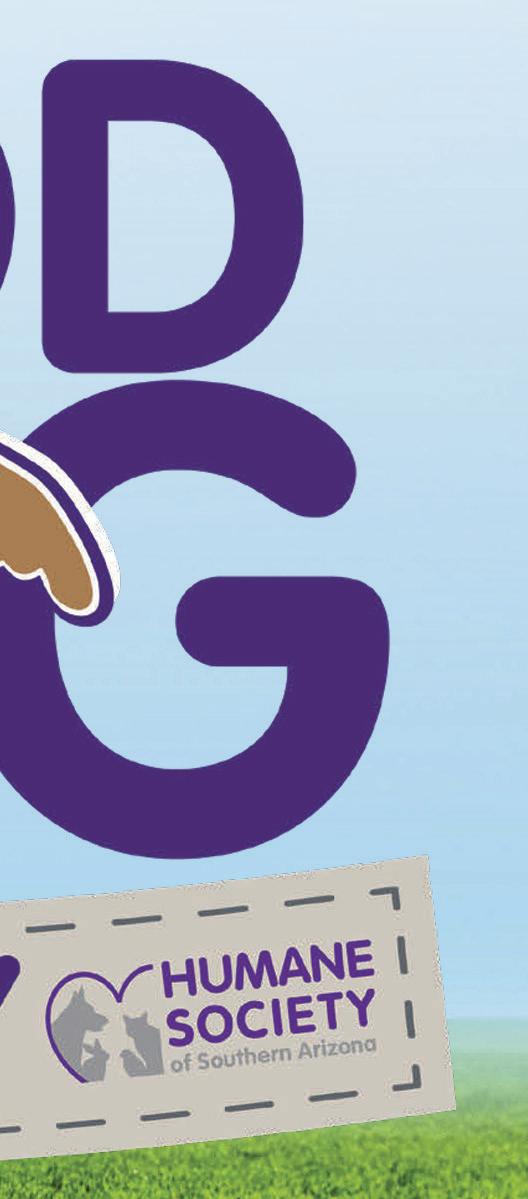

lives of students who ride the bus.
Other staffers recognize Ramsey’s dedication.
“He doesn’t care if it’s a dirt road; he doesn’t care if it’s a bumpy road; he doesn’t care about the age group,” said Jessica Foster, an IT specialist for the district. “He’s just happy to help.”
That is why she enthusiastically nominated Ramsey for Support Staff of the Year. He surpassed other Marana Unified School District support staff, which includes secretaries, bus drivers and bus attendants and maintenance workers.
In addition to being recognized at their work site, Employees of the Year will be recognized by the Marana School’s 2340 Foundation during the Marana Schools’ 2340 Foundation Celebration of Excellence luncheon on Friday, March 3, at The Ritz-Carlton, Dove Mountain. At the event, each employee will receive a $5,000 honorarium from the 2340 Foundation. The MUSD Governing Board will honor the Employees of the Year during the regular school board meeting scheduled on Thursday, May 11.
To be nominated, Foster had to fill out a form and answer questions like what does the candidate do that makes him/her stand out? What do they do that’s exemplary? Then she had to get others to write a recommendation. Foster shared Ramsey’s dedication.
“A child was missing, and the last time they were seen they were on campus,” Foster said. “(The administration) did a full search of the campus, and Ramsey happened to be near that school. He pulled in, parked his bus, and he physically went and searched that school with the administrators. It’s not part of his job. It’s not his responsibility, but he cares so much that he does that.”
For Ramsey, the award seemingly came out of the blue.
“I was shocked,” he said. “I was really surprised. I’ll be the first one to tell you I didn’t see it coming. To receive that award, I don’t give myself any credit. It’s only by the grace and the mercies of God.”
A Marine veteran, Ramsey has been driving the school bus for 20 years. When he separated from the service he
“I had to tell [that middle schooler], no matter how you feel about people who hate you, you have somebody that does love you and does care for you.”
knew with an absolute certainty that he did not and would not drive a school bus. After a year spent driving for a refuse company, he got a job driving a school bus.
“This job here is a job I said out of everything I did in transportation that I would never do,” Ramsey said. “I ended up at the Marana Unified School District. I guess it’s what God wanted me to do because it’s been 20 years, and it’s been very rewarding.”
He doesn’t even mind children who might be a little too rambunctious to be on the bus.
“Some of the kids who ride the bus act out like that because they have mental issues,” he said. “You have to be patient and wait, and then eventually you find out that that child has an issue. They come from broken homes where the parents are split up. That has an effect on how that child’s acting. That child has no other place they can take out their frustration.”
In the end, apart from getting kids to school, Ramsey understands that what he does makes a difference.
“I had a middle schooler who got on the bus, and he started talking to me,” he said. “I had to encourage that young kid because that kid felt like everybody hated him because of the way he was being treated. I had to really share some things because I went through some of the same experiences. I was able to encourage him because when a child feels that way you never know what they will do next. You never know. We have young people who are contemplating suicide because they feel like they’re not loved.”
Ramsey is out to change that for this child and all his riders.
“I had to tell (that middle schooler), no matter how you feel about people who hate you, you have somebody that does love you and does care for you.”

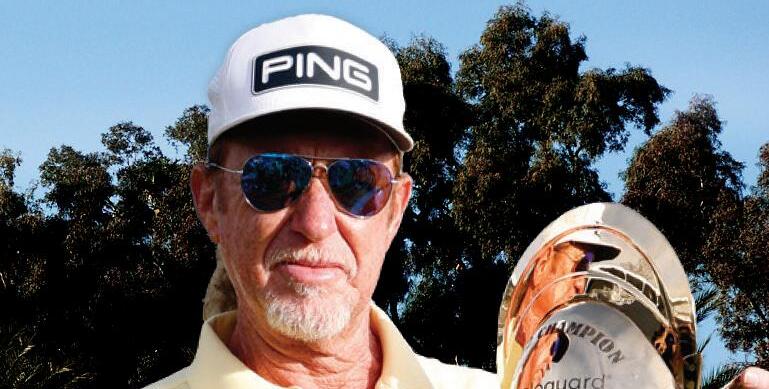
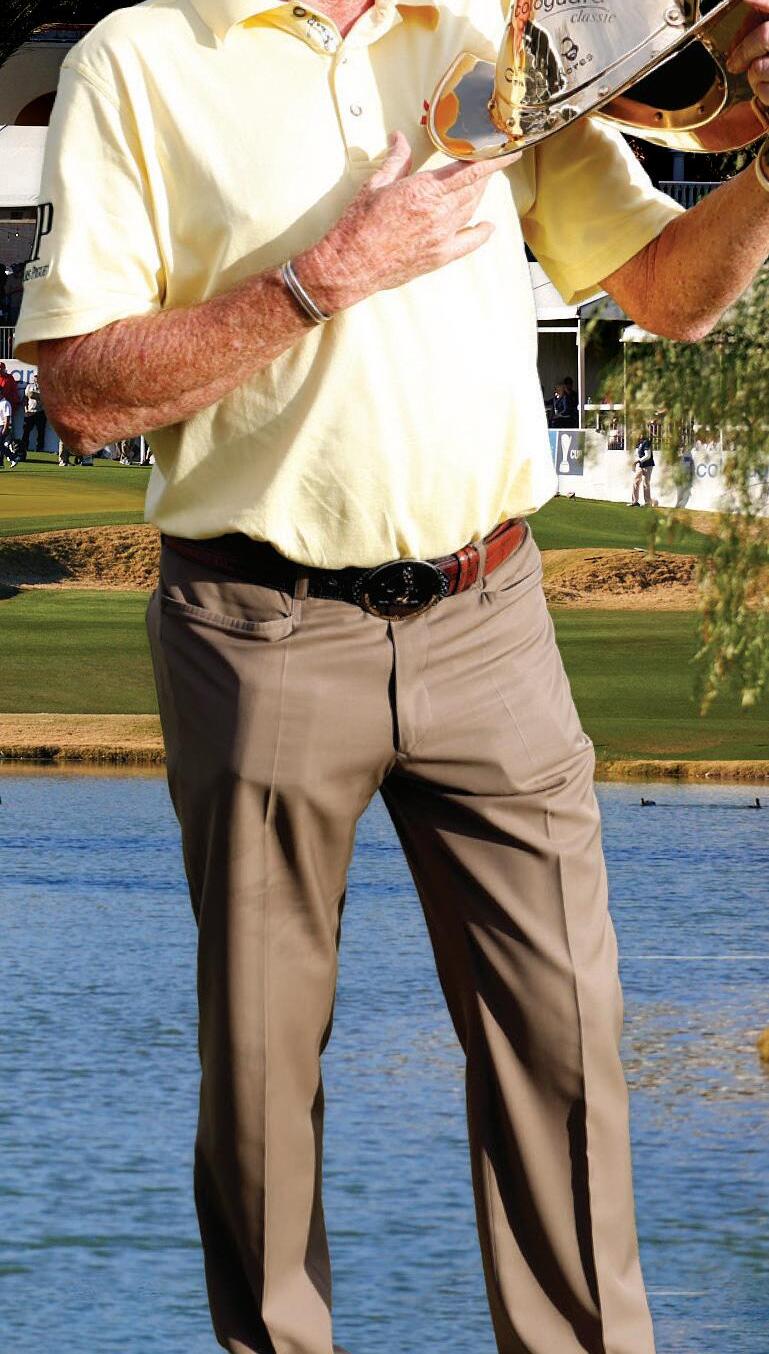
































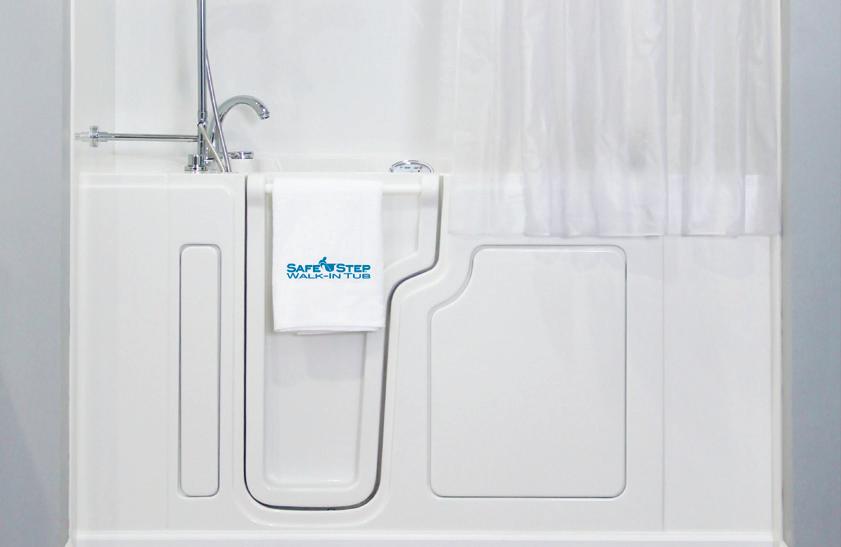
As Tucson Wildlife Center’s development coordinator, Hubert Parker says he feels blessed. He is grateful for the community, which covers Tucson Wildlife Center’s $900,000 annual operating costs through grants, donations and fundraisers.
“We are blessed with good support around us,” Parker said. “It says a lot about the heart of this town.”
The nonprofit will once again rely on the community to help as it hosts its 11th annual fundraiser Sunday, March 12, at the Westin LA Paloma. It begins with cocktails and a silent auction at 4:30 p.m., dinner at 6:30 p.m., followed by a live auction.
The live auction lists trips to the Chicago Cubs Wrigley Field Rooftop Experience; a day with a K-9 unit; a pri -
vate dinner for 12 prepared by Tucson’s renowned chef Janos Wilder; two tickets and accommodations for the Country Music Awards and a personal tour of the Country Music Hall of Fame; and the naming opportunity for the center’s orphaned bobcat facility.
Silent auction items include outstanding art, jewelry and gift certificates.
Tickets are $225 at tucsonwildlife. com. The benefit contributes approximately 35% to the funds needed to maintain the wildlife center.
The Tucson Wildlife Center, which rescues injured and orphaned wild animals, receives no state or federal aid and relies on grants, donations and monies raised at its fundraising events.
Most other wildlife rehabilitation centers in Southern Arizona have closed their doors, leaving the 25-year-old Tucson Wildlife Center as the area’s only full-service hospital and rehabilitation center.
“We are the only one and people believe in it,” Parker said. “We run on donations and some grants. We are financially sound.”
Lisa Bates and Peter Lininger founded Tucson Wildlife Center in 1998 on 3 acres of land near her home. Now it sits on 15 acres on Speedway Boulevard, about 3.5 miles east of Houghton Road.
“She didn’t have an idea she would be opening up a center like this,” said board secretary Jack Herring. “She had two injured racoons and went around to different vets, and none of the vets would take wildlife…that’s when she realized there was a real need for the larger (wildlife) mammals, for someone to take care of them when they’re injured.”
Parker said it costs about $2,000 a day to run and someone is always on call.
With 20 employees and 40 to 50 volunteers, the center has a hospital, triage and surgery room. Of those workers, eight are veterinarians who donate their time and services.
“But in sheer numbers, it’s probably dove and quail in the summer,” said Parker, who has been with the center for about two years. “The quails come in orphaned a lot.”
It does not take in deer, mountain lions or bears. They are treated by Arizona Game and Fish, Herring said.
Depending on the animal’s injuries, Herring said it could take several weeks, at least, for it to be rehabilitated and released to its natural habitat.
“It just depends. It could be like if a hawk or an owl has a wing injury,” Parker said. “You have to wait then for them to molt and get new feathers…it could be six months.”
Tucson Wildlife Center also has a foster program for animals who cannot be released back to the wild.
“We are a Global Federation of Animals Sanctuaries (facility) …we are the only one of those recognized in Arizona,” Parker said.
A foster mother is caring for bobcat babies, Parker said of its current residents.


“They come here, or we go to them, depending on what the situation is,” Herring said about the vets. “We have some who come in and do surgery here, some just come in and inspect the animals, and do immediate triaging sometimes…”
The triage area is the first stop for a wild animal who has been rescued or found. One such wild animal, a baby javelina was brought in recently to triage. Once triaged and treated, animals are placed into enclosed rooms in the hospital for observation and care. Once the animals are on the mend, they move out to the various outside buildings, pens, and cages on the grounds.
Herring, who has been with the wildlife center for eight years, said animals must be sick, injured or orphaned to receive care.
“But anything else in the Sonoran Desert wildlife, they pass through here,” Herring said. “From a horned toad to coyotes to bobcats to javelina.”
Tucson Wildlife Center cared for more than 5,000 animals in 2020, but it averages 4,000 to 5,000 animals a year. The most treated wildlife includes hawks, vultures, great horned and barn owls.
The public is asked to call the Tucson Wildlife Center at 520-290-WILD (9453) if they find an animal who is sick, starving, injured or in need of rescue.
Winter is the facility’s slow time, as not many animals are brought in for treatment. The spring and early summer months are its busiest time, attracting 180 to 190 volunteers. Many are college students who intern or volunteer for credit.
“We are not the Desert Museum…we don’t have crowds.” Parker said. “Our whole goal is to release them back to the wild…that’s how we judge our success.”
WHEN: 4:30 p.m. cocktails and silent auction; 6:30 p.m. dinner followed by live auction on Sunday, March 12 WHERE: The Westin La Paloma Resort and Spa, 3800 E. Sunrise Drive, Tucson COST: $225
INFO: 520-290-WILD (9453), tucsonwildlife.com
The town of Oro Valley’s AdoptA-Roadway/Trail program website was recently awarded a Flag Forward award by Cartegraph, a leader in infrastructure asset management software.
In November 2021, the town of Oro Valley launched a new website for its Adopt-ARoad/Trail programs, designed to save volunteers time and alleviate wait times with several new improvements. The website allows volunteers to check the availability of roads and trails, fill out paperwork and watch training videos online, rather than coming to town buildings.
The Flag Forward awards are handpicked by the Cartegraph CEO and are intended to recognize government organizations that are creating more efficient, responsive and sustainable communities through smart infrastructure management.
“This upgraded program is a successful effort to engage the community to help us keep our roadways and trails beautiful and free of debris,” said Aimee Ramsey, public works assistant director.
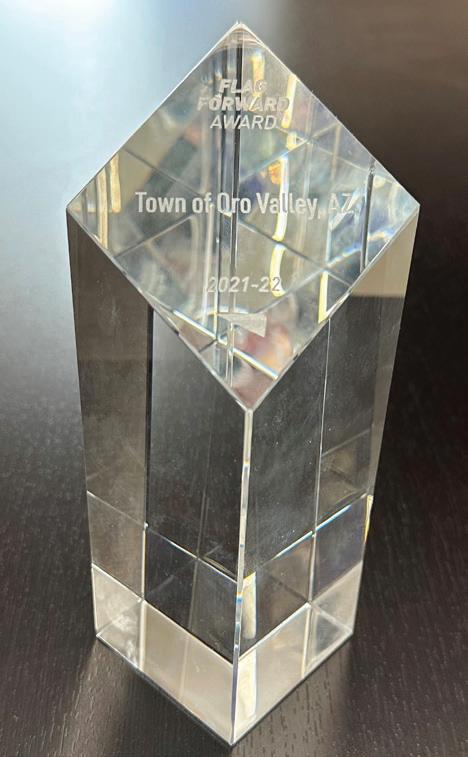
The Flag Award, won by Oro Valley's Adopt-ARoadway/ Trail program website. (Oro Valley/Submitted)
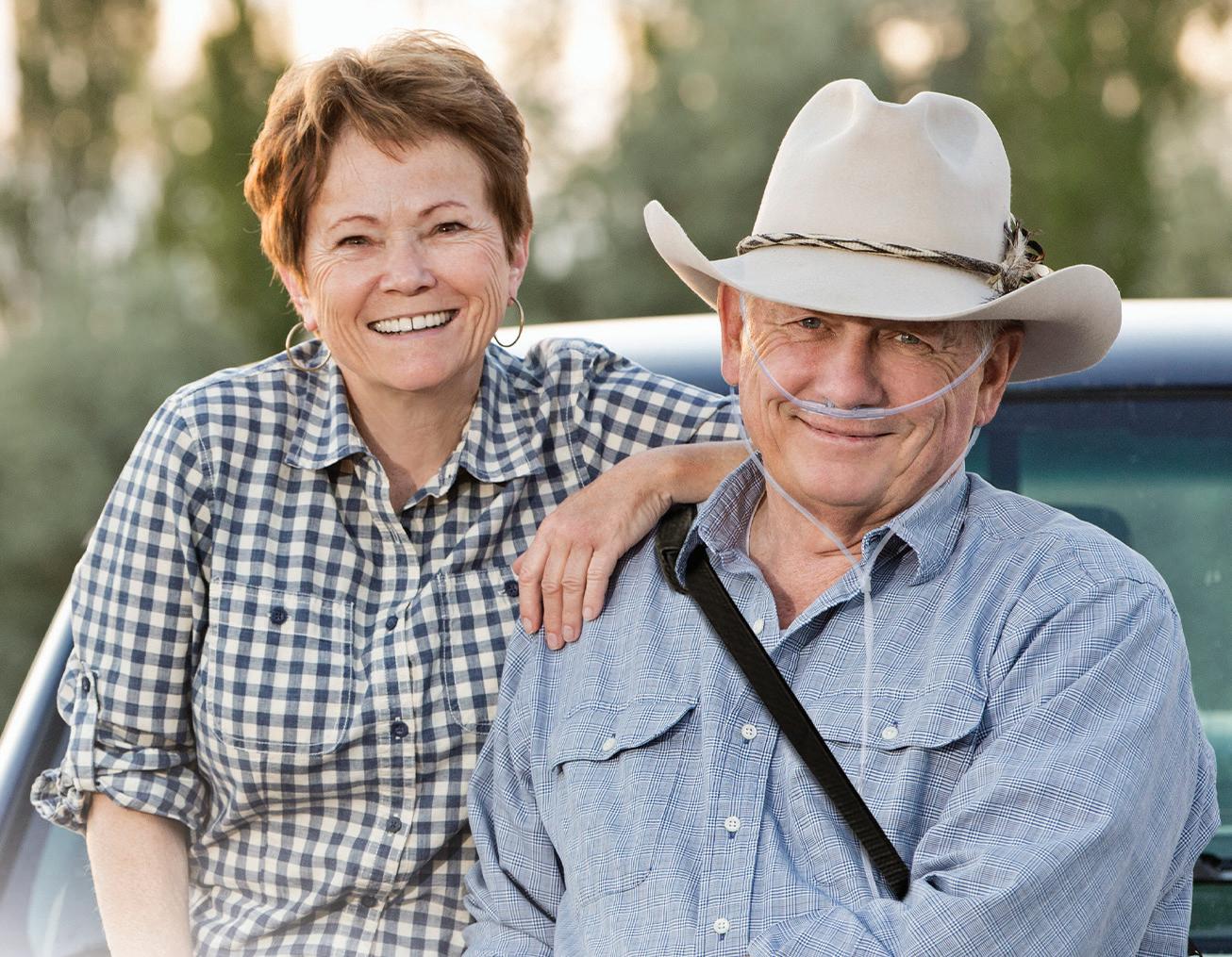
“By improving communication and technology, we’ve made it easier for the community to participate in the Adopt-A-Programs. Thanks to dedicated volunteers and staff, we are keeping Oro Valley beautiful with cleaner roads and trails.”
Adopt-A-Road/Trail is a beautification program that is part of Keep OV Beautiful, a volunteer-driven program designed to maintain litter and roadside debris in Oro Valley. For more information, visit orovalleyaz.gov.
The Tucson Barbershop eXperience will deliver singing valentines to residents around Tucson.
After a two-year COVID-19 hiatus, quartets from the chorus are inviting those that wish to surprise their special someone with a singing valentine to reserve one for Feb. 14.
A quartet will deliver two songs, a rose and a card from you. Instead of a fixed fee, the chorus is requesting donations of any amount to the chorus, in honor of its 75th anniversary providing a cappella music in
the barbershop style. Call 952-215-7714 or order online at tucsonbarbershopharmony.org.
The Tucson Sunshine Chapter of the Barbershop Harmony Society has been delighting audiences with four-part a cappella music in the barbershop style since its founding on Dec. 17, 1947, as the Tucson Chapter of the Barbershop Harmony Society. It’s the largest men’s singing organization in America.
The chorus performs for civic and sporting events, private parties, shows and helps Tucson high school singers learn barbershop music.







If you think oxygen therapy means slowing down, it’s time for a welcome breath of fresh air.
Introducing the Inogen One family of portable oxygen systems. With no need for bulky tanks, each concentrator is designed to keep you active via Inogen’s Intelligent Delivery Technology.® Hours of quiet and consistent oxygen flow on a long-lasting battery charge enabling freedom of movement, whether at home or on the road. Every Inogen One meets FAA requirements for travel ensuring the freedom to be you.



• No heavy oxygen tanks
• Ultra quiet operation
• Lightweight and easy to use
• Safe for car and air travel
• Full range of options and accessories
• FAA approved and clinically validated Call 1-844-201-2758 for a free consultation.




Arizona Territorial Rangers, the original Arizona peacekeepers, are still alive—at least on paper.
For many years, few knew of the rangers’ history. Thanks to a Casas Adobes man, however, their stories are documented, with each charter member named and accounted for.
Steve Utter penned the book “Arizona Territorial Rangers, August 1901 to 1909.”
“The first Arizona Rangers, the ones called Arizona Territorial Rangers, were the first statewide police force,” Utter said. “They were given the authority to go anywhere, pick up anybody and then drop them off with the local authorities.”
Utter has spent the last several years gathering vital statistics, death certificates,
pictures, letters and notes about the men who worked to bring a type of law and order to the Wild West before Arizona was a state. These men were unrefined, to say the least.
“Like Billy Stiles,” Utter said. “You’ll find he was a good guy, and then he was a bad guy. He robbed some stages, and he helped hold up a train along with another guy named (Burton) Alvord, but Stiles wanted to be a police officer. He wanted to do police work.”
Stiles and Alvord helped capture a criminal across the Mexican border. After the mission, both men were let go. Time passed.
Then, “Stiles came back and wanted to be reinstated as a ranger,” Utter said. “(The ranger captain) wanted nothing to do with him because he had a shaky past. Stiles went off to Nevada and became a deputy sheriff there. He was killed in the line of duty, trying to serve some papers. He’s on

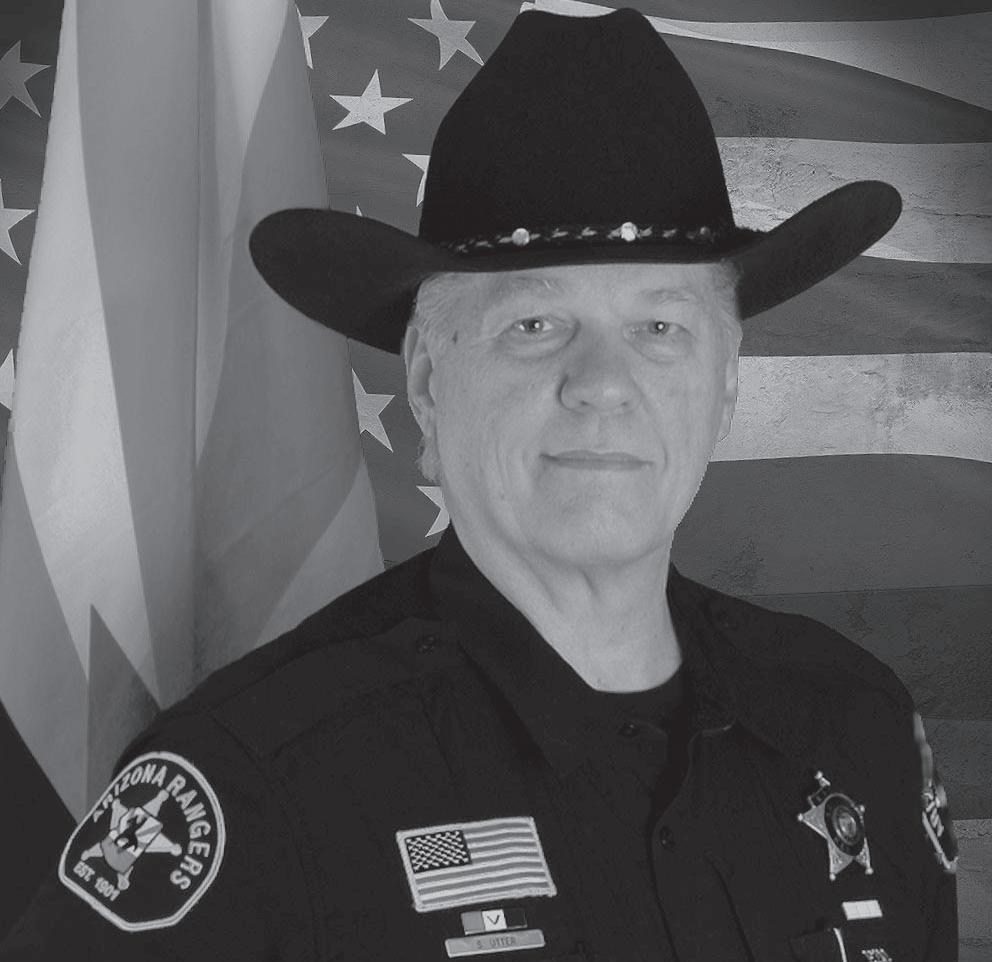
(a) memorial of fallen officers.”
Alvord has his own story.
“Alvord went off, and he went to South America and worked either in the railroad or mines down there,” Utter added. “He eventually fell ill and died (on an island) in the Caribbean. That was his story.”
Highland Games.
Utter relied on the Arizona Historical Society, bibliographies and books, including “The Arizona Rangers,” by Bill O’Neal and Joseph Miller, for research.
He found death certificates on the Arizona state and Find a Grave websites.

A third man, also a criminal, had another role.

Chocolate Covered Berry Facial $99
Maximize
Berry Mimosa Facial $119
Brighten







“(C.W.) Heflin was brought into the rangers and made a ranger to lessen the sentence on his crime,” Utter said. “They took him on, and he was an informant. Heflin was a bad guy, and they brought him on to snitch.”
Qualifications to be an Arizona Territorial Ranger were minimal.
“It’s information I found on each of the rangers,” Utter said. “I found out where they came from, where they lived, where they grew up, what their background was and then something about their families.”
As historian of his ranger unit, Utter became fascinated with the organization’s history. He started looking into the subject, then he fell down the rabbit hole.











“You had to have a horse; you had to have a 45-caliber pistol single action, and you had to have a rifle,” Utter said. “A lot of them liked the Winchester. Some of them liked the Krag 30-40.”
Utter is a career Army veteran and retired corrections officer. He volunteers with the modern Arizona Rangers, which these days is an auxiliary force. Members volunteer to aid federal, state or local law enforcement officials within the state of Arizona. They work security at events like the Tucson Celtic Festival and Scottish
“It was a work of love,” Utter said. “I really wanted people to know who all the rangers were — not just the five or six who get all the publicity. I wanted everyone to know they were real people and worked very hard.”
Seven years later — almost as long as the original rangers were in service—the book is complete. It’s available now on Amazon.
“Arizona Territorial Rangers, August 1901 to 1909.”
http://rb.gy/slczvr
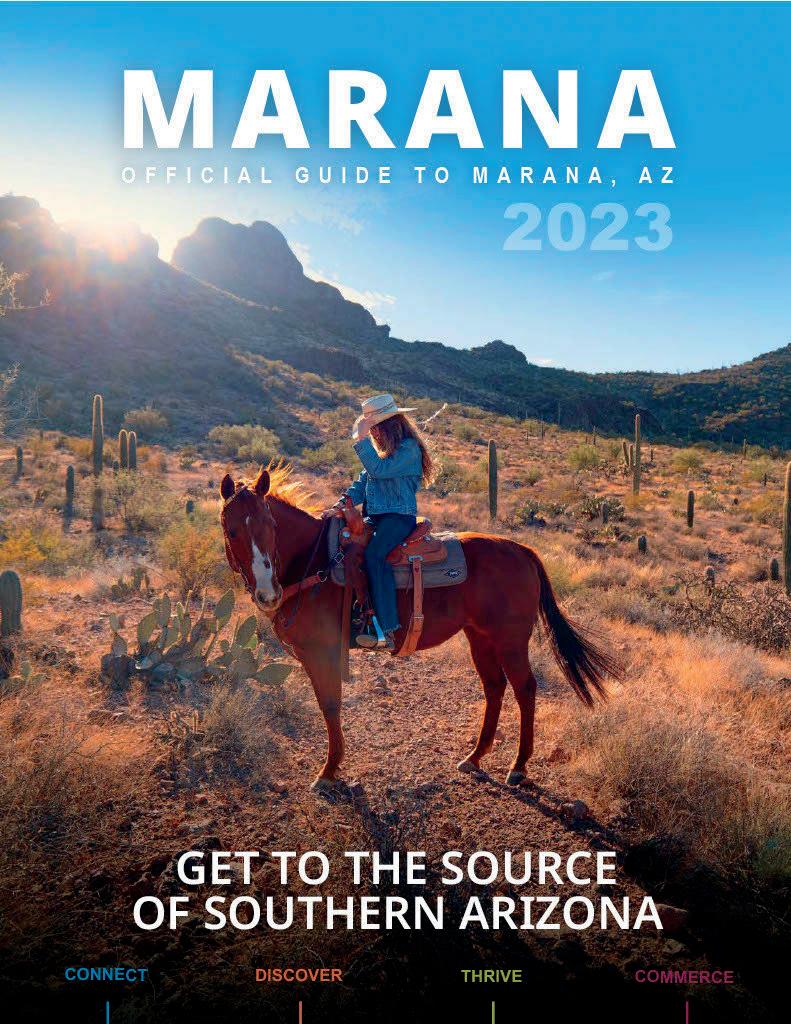

Jerry Dettmann has Chevys running through his veins.
He has a beautiful BMW in his garage. But parked next to it is a sweet candy apple red 1964 Chevy Chevelle Malibu with red leather interior and dual Borla exhaust that announces he’s coming down the street. Open the hood and that chrome air filter just twinkles in the sunlight, as if it’s winking at you. That engine is clean.
Jeri Dettmann, his wife, drives it, too.
“It’s a kick,” she said.
The pair is careful with the car and like to take it to car shows. No trailer for this car, however.
“If you can’t drive it, it’s not worth showing,” Jeri added.
Dettmann, 75, is a GM man to his core. He said he’s always driven Chevys and been a gearhead since he was in the U.S. Air Force. That’s when he really learned to love them.
Why not a Ford? Note: Ford owners avert your eyes.
“There’s a lot of comments about that, but all I can say is, Ford: Fix or Repair Daily or Found on Road Dead,” he said only partly in fun.
See this car and many others at the 14th annual Cruise, BBQ and Blues Car Show, set for 10 a.m. to 3 p.m. Saturday, Feb. 11, at the Oro Valley Marketplace. The event will feature several local barbecue chefs selling their chow for your eating pleasure. Family art activities are planned, and visitors may partake in a Vintage Truck and Tractor experience by Power from the Past, all while listening to live performances by local blues musicians. The event is presented by the Southern Arizona Arts and Cultural Alliance.
More than 150 classic cars, sports cars and trucks will be vying for one of the handmade trophies, designed and constructed from car parts by artist John Benedict. Visitors will have the opportunity to vote on their favorite vehicle as well. It’s a great show to visit, said Frank Pella, president of the Classic Chevy Club of Tucson, of which the Dettmanns are members.


“The music, the food there, all the barbecue is awesome, and the area is unbelievable,” he said. “I enjoy going there.”
Pella is quick to point out that the club welcomes all GM classic models, such as Cadillac or Buick. Members of the club go on car cruises and shows to brag about their cars. People often approach the owners there about their babies.
“People come up to you all the time and they’re saying, ‘I used to have one of these,’ or ‘What have you done to it?' It’s just a lot of fun to talk to people,” Dettmann said.
This particular Chevy came to the Dettmanns five years ago after an uncomfortable ride in a 1939 Chevy business coupe.
“We had driven it to California and got into a rainstorm,” Dettmann said. “The windshield leaked, and it was just a mess.”
“The wipers didn’t wipe,” Jeri added. That was enough. They sold the coupe and bought the Chevelle.
In those five years, Dettmann said they have put 10,000 miles on it. He’s also added a couple of things, like new windows all around and after a drive in the summer, he added air conditioning. It gets 21 miles to the gallon, Dettmann said, and is as good as almost anything on the road today, though maybe not as comfortable as some cars.
For other gearheads, this is a Chevrolet Chevelle Malibu — not the low-end Chevelle and not the high-end Chevelle Malibu SS. It has a 350 1992 truck engine and a 700 R4 transmission, which is a three-speed with overdrive with a lockup torque converter. Concerning the exhaust, Dettmann said he tried other systems but settled on the Borla because he liked the way it sounded.
Really, it’s why anyone owns a classic car.
“Old cars are a lot of fun to drive,” he said.
Cruise, BBQ & Blues Car Show
WHEN: 10 a.m. to 3 p.m. Saturday, Feb. 11
WHERE: Oro Valley Marketplace, 12155 N. Oracle Road
COST: $5 admission, $4 for veterans and active-duty military, and free for kids 10 and younger INFO: saaca.org
We all know what it’s like to toss and turn in the middle of the night, thinking about an issue that won’t go away. Most often, the issues keeping people up at night are money related. In fact, a new study found that financial worries cause 87% of Americans to lose sleep.
I see this all the time with our clients — individuals, parents and small-business owners who have persistent tax issues. Not only is their hard-earned money on the line, but they are having to go up against massive agencies like the IRS to resolve any taxes owed. My job is to make sure they don’t have to go it alone and give them much-needed expertise under stressful circumstances.
Unfortunately, some politicians in Washington are pushing a proposal that could leave millions of American taxpay-
ers to deal with the IRS on their own. Last year, Congress passed a bill requiring the IRS to study the feasibility of a government-run tax preparation system. That may sound innocuous enough; it may even sound like a good idea to some. In reality, however, it would mean that Americans — including busy parents, overworked small-business owners and low-income families — would be responsible for holding the IRS accountable to get the refunds they deserve. We already see plenty of clients deal with plenty of issues, from getting bad tax advice or incorrectly prepared returns. Many have used “cheaper” tax services that have caused thousands of dollars in damages.
Relying on the IRS to give you good tax advice is like relying on a prosecutor to give a defendant good advice. The IRS’ whole job is to collect as much tax revenue as possible. They are not there to defend your rights or help with tax-saving tactics. Dealing with the IRS can be incredi-


bly time consuming. During recent tax seasons, a taxpayer seeking IRS assistance had a 1-in-50 chance that the agency would answer the call. Since COVID-19, most taxpayers have had to wait up to two hours to have their call answered. Adding insult to injury, it’s very common for taxpayers to wait only for the call to drop. It’s understandable why so many Americans turn to trusted professionals or online tax preparation resources when the IRS is clearly overwhelmed.
Just last year, a truck driver named Donald Krimpler took a day off of work to deal with the IRS. It turned out that the mistake was the IRS’ fault. Most taxpayers find that they cannot even communicate with the IRS departments handling their cases and spend hours, days or months to get a response from the IRS. Arizonans work too hard to use their time fixing the government’s mistakes. Taxpayers also work too hard to miss out on deductions. Recently, a report from the National Bureau of Economic Research found
that less than half of government pre-populated returns would be accurate. If the government simply auto-fills your return, it’s likely that they will leave out important information that occurred over the last year for tax credit purposes. An inaccurate return could mean missing out on a deduction that would put money back in your pocket or having to contact the IRS to correct the mistake. Either way, it’s an unnecessary headache.
For 15 years, dealing with the IRS and state tax agencies has been my full-time job, but it shouldn’t have to be yours. As a tax attorney, I help solve tax problems, and this latest proposal to move toward a government-run tax preparation system only creates more problems for taxpayers. In Arizona, we pride ourselves on independent thinking that solves real problems for real people. I would urge Sens. Sinema and Kelly to put a stop to this misguided proposal on behalf of Arizona taxpayers.
Hubert Johnson is a tax attorney and the owner of Guardian Tax Law based in Tucson.

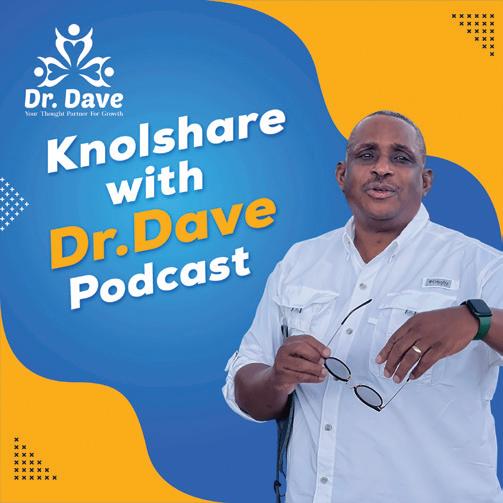
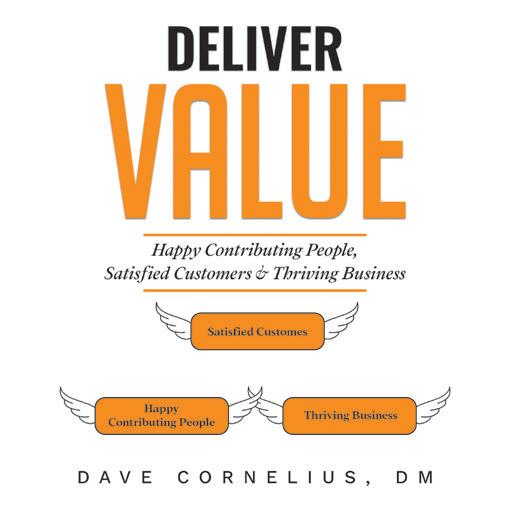

Sophia Rankin is tired and sore. With a laugh, she said that means she gave it her all the night before with her band Sophia Rankin & The Sound. “We’re just keeping it high energy,” said the rhythm guitarist/vocalist.
“We have some songs that we put in the set that are slower. Fans can connect with the storytelling songs. We just try to give a fun, authentic show. We’re not trying to wow them over with the outfits or the effects. We’re up there having a really, really fun time. We had a show last night and I was bouncing around on stage and flipping my hair. It’s such a blast to be able to make music.”
Sophia Rankin & The Sound will do it all over again from 6 to 7:30 p.m. Thursday, Feb. 9, at Oro Valley Marketplace in Oro Valley. “Our sounds are about experience,” Rankin said, quoting her drummer/brother Connor
Rankin.
“Each song is a different experience and that makes us really special. Each song feels like a different part of the genre that we’re in. The song, ‘Warm,’ is a very indie folk pop kind of song with a little bit of indie rock influence. What keeps us consistent is the story and how we make you feel about the story.”
Music wasn’t always in the cards for Rankin. She told her mom she wanted to be a “big star,” but she was tone deaf.
“I couldn’t carry a tune when I was little,” she said. “I wavered here and there. One of my first jobs was at 16 when I was working at a church. Music was always there. It’s something I’m working on and something I’ve wanted to do.”
Rankin’s first concert was Sarah McLachlan, a show where she promptly fell asleep.
“I was a kid,” she said with a laugh. “I remember her singing ‘River’ by Joni Mitchell, and then ‘Angel.’ I thought she was so perfect, but it was so Zen I fell asleep.”
She vividly remembers seeing Brandi Carl-
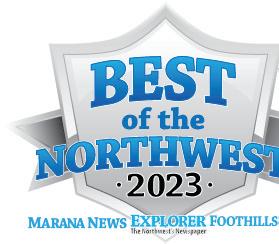

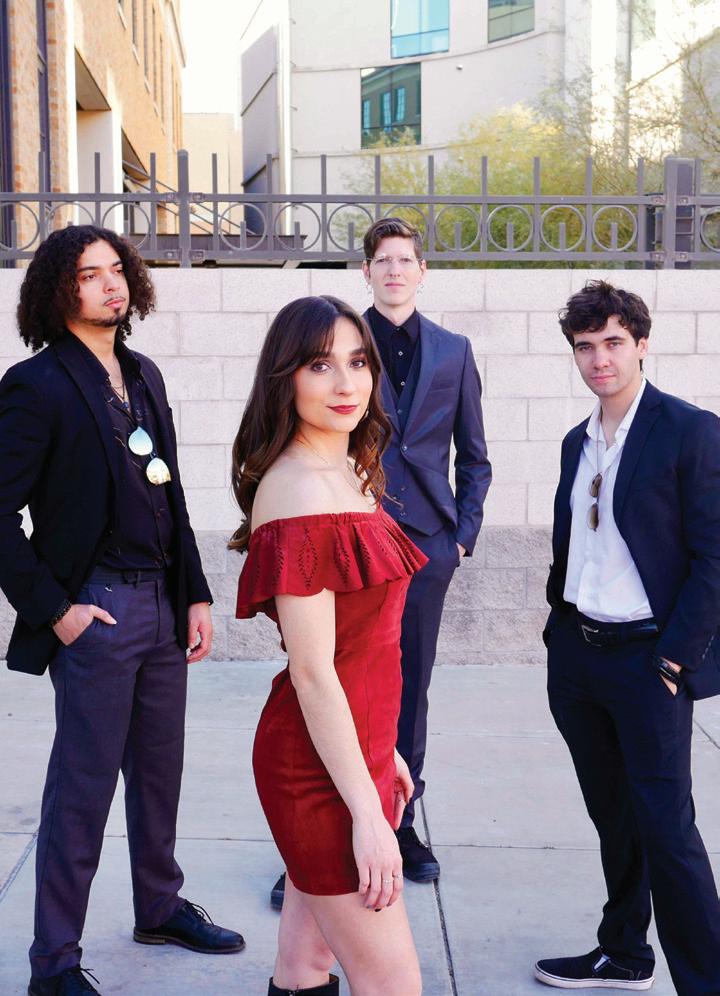
ile when she was 8 and again in high school at the Rialto. At the latter, Carlile performed an acoustic set with her bandmates, twins Phillip John and Timothy Jay Hanseroth.
formances from their front yard. Neighbors set up their spots and bubbles from which to watch the band.
“That’s how we met our last bassist,” she said. “We grew into a bigger band. With our new bassist, we started to write new material. The safety bubbles of COVID led to us not being cautious and scared. We played more than ever last year.”
The band is a family affair. Their mother, Catalina Rankin, manages the act, while Connor performs and designs its logos. Their father, Mike, serves as the stage/merchandise manager.
“He’s started to step up with the social media as well,” she said.
“He’s a very visual person. I am not.”
These days, Sophia Rankin & The Sound is playing less gigs to generate demand and give the musicians — vocalist/rhythm guitarist Rankin; drummer/synth/percussionist Connor Rankin; guitarist Noah Weig-Pickering and bassist/vocalist Ben Arthur Mortensen — time to record new tunes.
“We’ve always put that on the back burner,” she said about recording. “It takes us forever to release music. We’re trying to invert that now. We’ll do big shows that we can promote in between recording the music we’ve been writing.


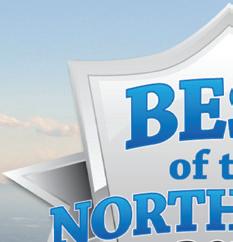





“When I witnessed the power of her voice, just standing there, I thought, ‘Oh my God, this is what I want to do. I want to be like that singer — a strong female singer up front and center.
“We opened for Roger Clyne and The Black Moods at the Rialto. I told them both this is where I saw Brandi Carlile. She was in this green room. I was a little emotional. She’s my biggest role model.”
It wasn’t until her stint at the Tucson Folk Festival as a Catalina Foothills High School student that she realized she found her calling.
“It just clicked with me,” said Rankin, who earned a Bachelor of Arts degree in music integrated studies from the UA in 2020.
“I was 14 or 15 and I said, ‘Yep. This is what we’re doing.’ When I was in college, I really wanted to start building a band sound. I rallied a couple friends together.”
Connor stepped in as a drummer in 2019.
Connor, a 2020 graduate of Catalina Foothills High School, played his first gig right before his prom. The two suffered through the pandemic together, playing livestream per-
“The longer we’re together, the more music we write.”
Sophia Rankin & The Sound
WHEN: 6 to 7:30 p.m. Thursday, Feb. 9 WHERE: Oro Valley Marketplace, 12155 N. Oracle Road, Oro Valley COST: Free
Sophia Rankin
WHEN: 1 to 4 p.m. Sunday, Feb. 26
WHERE: Catalina Brewing Company, Old West Business Park, 6918 N. Camino Martin, Tucson COST: Free
Sophia Rankin & The Sound w/The Basements
WHEN: 8 p.m. Friday, March 24
WHERE: 191 Toole, 191 E. Toole Avenue, Tucson
COST: $12 in advance
INFO: sophiarankin.com
It is going to be a crazy week in the Valley of the Sun. Not only is Glendale hosting Super Bowl LVII, it is also the weekend for the WM Phoenix Open in Scottsdale. Usually, golf is a bit too staid for my taste, but at the WMPO, the fans do their best to recreate the more raucous crowd scenes from “Happy Gilmore,” so it can be fun.
It will be interesting to see whether there will be more Philadelphia fans in Phoenix than Kansas City fans. Cheesesteak vs. barbecue — either way, you can’t go wrong.
• After two really boring wins by the Green Bay Packers in the first two AFLNFL matchups, the Super Bowl really burst into the national consciousness in the third game, pitting the monsters, the Baltimore Colts of the NFL, against the lovable upstarts from the AFL, the New York Jets.
The Colts were a ridiculous 18-point favorite in Las Vegas and it was hard to find anybody who thought that the Jets could even stay close in the game. But Jets quarterback Joe Namath not only said that
the Jets could make it a game, he guaranteed a Jets victory. Naturally, the media ate that stuff up and Namath just kept dishing it out.
The Jets won the game, 16-7 and the enduring mystique of the Super Bowl was born. Namath went on to become mega-famous, known as Broadway Joe, the toast of New York City. He “wrote” a bad book, made several horrible movies, and ended his injury-plagued career with a losing record, but for that one shining moment.
While he was the better quarterback on the field that day in January 1969, guess how many touchdown passes he threw in the game. That’s right, zero.
• Yes, it’s true that the UA Marching Band provided the halftime entertainment at the first Super Bowl. Among the musical selections that day were “The Sound of Music,” “Bury Me Not on the Lone Prairie,” and a snippet from “The William Tell Overture.”
The band also performed “Bugler’s Holiday” with renowned New Orleans-based jazz trumpeter Al Hirt, who is actually the performer who has appeared at the greatest number of Super Bowl halftime shows.



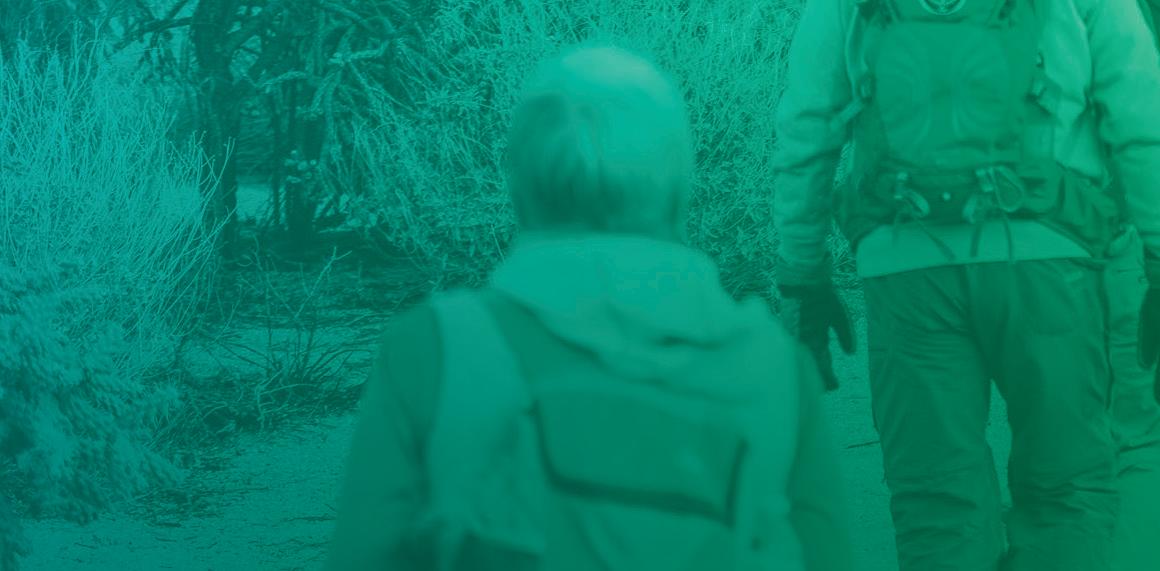
Last year’s show featuring Eminem, Mary J. Blige, Snoop Dogg, Dr. Dre and Hendrick Lamar was great. My personal two favorites were Prince in a driving rainstorm in 2007 and Bruno Mars in 2014.
To be fair, the Arizona State Sun Devil Marching Band has also appeared in a Super Bowl halftime show (in 2015), but like most things, they’re several decades behind the UA.
• The average ticket price for this year’s game is just under $10,000. That’s not a typo. The cheapest ticket is just under $5,000. To see a football game.... that you could watch on a big-screen TV at home and use the money you saved to buy burgers, nachos and soda for everybody in your subdivision.
The average price of a ticket at the first Super Bowl was $12. Adjusted for inflation, that’s about $100, about 2% of this year’s ticket price. I’m sorry, but $10,000 is insane.
Every time I write or talk about the Super Bowl, I am obligated by the universe to mention that I not only saw the first Super Bowl in the Los Angeles Coliseum, I got in for free. There was so little interest in the game that it was televised
by both NBC and CBS and the Coliseum was barely half-full. The city of LA got buses and went around to city parks in the poorer parts of town (like mine) and picked up kids who wanted to see the game. They put us in the end zone near the Olympic torch, but by the second quarter, my friends and I were sitting near the 40-yard line.
Plus, I got to see the UA Marching Band.
• It is estimated that over 30 million people will wager almost $8 billion (with a "b") on the Super Bowl. You can bet on everything from the color of the Gatorade to the total number of penalty yards in the game. As always, the wager that will give you the best chance of winning is correctly guessing the coin toss at the start of the game. That’s 50-50.
Until Sunday, my beloved Los Angeles Rams remain the defending Super Bowl champions. My enthusiasm is tempered a bit by the fact that the Rams are one of only a handful of teams that failed to even make the playoffs the year after winning it all. However, I have it on good authority that the NFL will be holding yet another Super Bowl in 2024, so, you know…
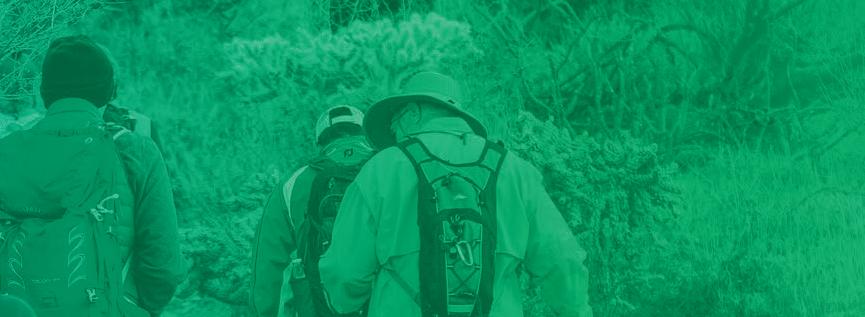




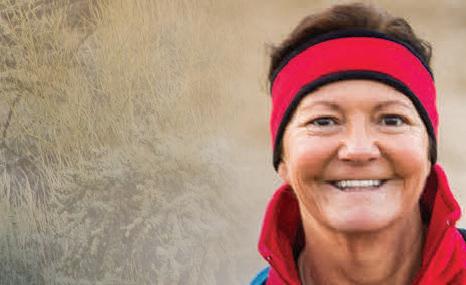
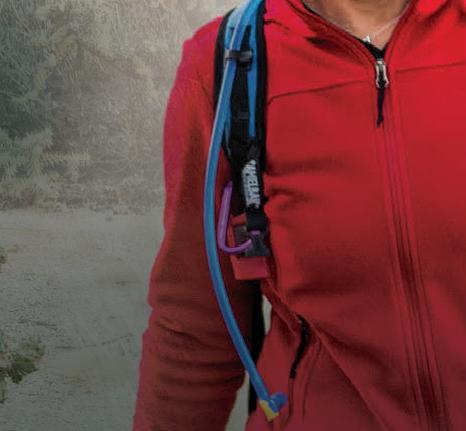
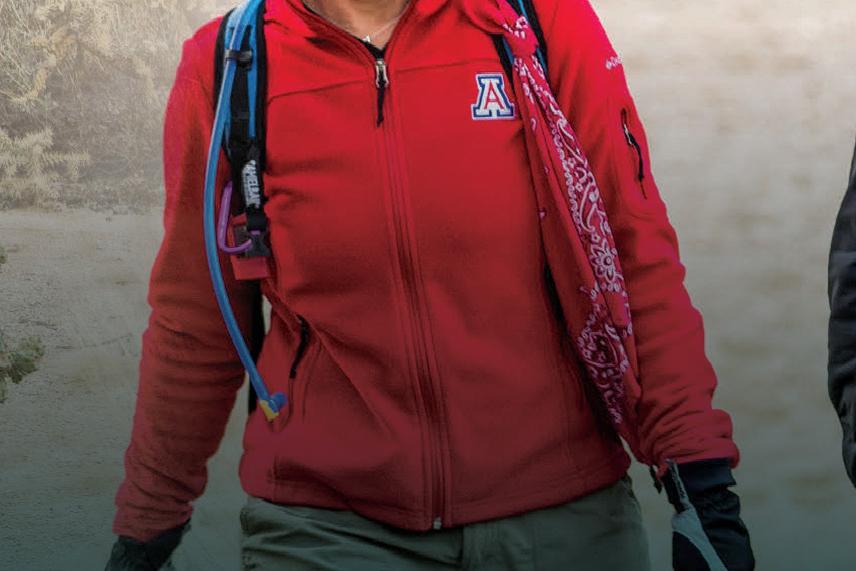


Many college athletes will tell you that while they are playing the same sport that they have loved most of their lives, the one that they poured their heart and soul into back in high school, playing in college is just different. Many will say that it’s more like a job.
Jasmine Majonica is learning about that difference as she makes the transition from three-sport (basketball, softball and track) athlete at Flowing Wells High School to softball player at Pima Community College. “The time commitment is crazy,” she said. “It’s nothing like high school. Back then, we would have intense practices, but they were (relatively) short — an hour-and-a-half, two hours. In college, the time demands are intense — weight room, conditioning, practice and games.”
When I spoke to her by phone, she was resting in her hotel room in Yuma. Her Aztec
squad had played two games that day and would play two more the next day before heading back to Tucson. She had played flawless defense and had collected a couple hits but wasn’t thrilled with her performance. “I can do better.”
She is always pushing herself to be better, whether on the field or in the classroom, where she is studying to be an architectural engineer. One of her current math courses leans heavily on elements of geometry, a course that is the bane of many high-school students, as it was for her. “That’s the first non-A I ever got. And now it’s back to haunt me.”
It’s funny how, when talking or writing about male athletes, it’s almost de rigueur to mention their physical stature — height, weight, even shoe size. But it’s different with female athletes. When is the last time (or the first time, for that matter) that you have learned how much a female athlete weighs? You’ll occasionally learn their height, but not nearly as often as you would that of a male







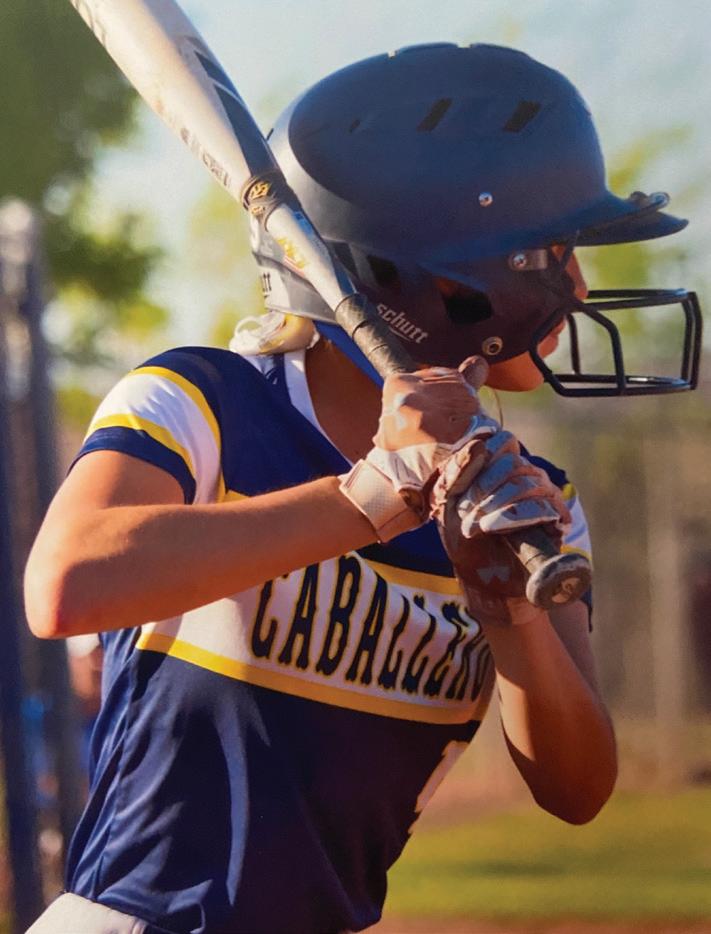
Majonica is learning about differences between high school and college athletics as she makes the transition from being a threesport athlete at Flowing Wells High School to softball player at Pima Community College.
(Jasmine Majonica/Submitted)
athlete.
Having said all that, you’re not going to learn Jasmine’s height or weight, either. Suffice it to say that when people first see her, their first guess would not be that they were looking at a college athlete. She did relate this ridiculous story of how, for the past several years, no matter how much she ate or didn’t eat, how much she worked out or took time off, how many hours she worked or how many hours she slept, her weight has never been more than 1 pound — up or down — from her median.
Yes, we can all hate her for that.
Besides her time load in the classroom, in the weight room, and on the field, Jasmine also puts in long hours at her job at the Sporting Chance facility. “I really like it there,” she says. “It keeps you busy.”
One thing that is sure to keep her busy is the softball schedule itself. After playing an average of 20 games per season in high school, she’s looking at getting in 60 games this year for Pima. That’s some math for her.














Music is something we all can relate to and enjoy for pleasure and relaxation. Studies have shown music can help people with physical and mental health issues.
University of Vienna researchers proved that listening to music when stressed can boost a person’s mood and help them to relax. This study was done with volunteers who reported increased stress due to the enforced lockdowns in the early months of the COVID-19 pandemic. This was published in MedicalXPress Breaking News-and-Events in January.
Music therapy is considered an allied health profession. It is defined as “the clinical and evidence-based use of music interventions to accomplish individualized goals within the therapeutic relationship by a credentialed professional who has completed an approved music therapy program.”
The Cleveland Clinic defines music therapy as “the clinical use of music to accomplish individualized goals such as reducing stress, improving mood and self expression. It is evidence based and well established in the health community… and may include listening, singing, playing instruments, or composing music. Musical skills are not required to participate.”
Five small controlled trials published in 2008 (Cochrane Database of Systematic Reviews) showed that music therapy resulted in greater mood improvement

with decreased depression symptoms than standard psychotherapy and/or medications alone.
Author Anna Moratos of the Central and Northwest London Foundation National Health System Trust in London, England, was the lead author of that report.
“All the studies that had formal music therapy approaches showed positive results, said Moratos, a state-registered music therapist.
The patient populations were diverse, ranging from adolescents to older adults and most participants had moderate to severe depression. Music therapy is “an interpersonal process in which the therapist uses music and all of its facets to help patients improve, restore or maintain health” according to the study group. MT has been in use since the 1950s and is gaining in recognition and popularity. Master’s-level preparation is available in

Our staff is made up of writers, just like you. We are dedicated to making publishing dreams come true. Trusted by authors for nearly


many universities, including ASU.
There are two types of music therapy. In receptive music therapy, often referred to as “music medicine,” a person listens to music with a therapist.
Music can be used for relaxation and a bridge to emotions, personal development, cognitive therapy, and self reflection. This is also used for patients undergoing uncomfortable or anxiety prone procedures. In active music therapy, the therapist and patient play music together. This is usually improvisational, and the patient does not need to be a skilled musician. This works particularly well with people who may have limited verbal skills or who cannot articulate difficult or painful feelings.
While helpful for all ages, music therapy appears to be most beneficial for adolescents and older adults. This treatment might be useful to a teenager unwilling to do cognitive behavior therapy and distrustful of conventional treatment. An older person who is not used to talking openly about feelings may be comfortable with listening to music and singing songs. Music therapy is often used in hospice settings to promote relaxation and nonverbal expression of emotions when speaking is difficult or impossible.
Music therapy added to standard treatment of depression often leads to better outcomes compared to standard therapy alone, using various scales to measure depression. Schizophrenia symptoms also sometimes reduced when music therapy was included in the treatment plan.
Besides mental illnesses, music has been
used in the treatment of stroke patients. Incorporating music with therapeutic exercises gave patients more positive emotional effects than exercising in silence. Patients who have their traditional rehab therapy combined with rhythmic music can gain more flexibility and an increased range of motion along with an increase in their social interactions and positive mood. Music definitely helps in the recovery of motor skills after a stroke. Rhythmical auditory stimulation along with traditional gait therapy results in a greater improvement in walking speed and gait than those who received only the traditional gait therapy.
Music can be beneficial in the treatment of heart disease. Certain music can reduce heart rate, blood pressure, anxiety and respiratory rate in patients with coronary heart disease. And music can lead to increased movement such as dancing, and exercise is a key to good health.
The impact of music therapy appears positive in many health and illness specialties. Music is a universal language and can be used to reach people when words may be inadequate or even ineffective. Innovative treatment strategies may provide a ray of hope when conventional therapies fail to produce positive outcomes. When you are feeling blue or stressed or overwhelmed, pick a favorite genre and play the music for a bit of relief.
Mia Smitt is a longtime nurse practitioner. She write a regular column for Tucson Local Media.








Body awareness. It is so important to know when there is something going on with your body.
Healthline.com defines body awareness as a person’s connection to his/ her own body. It’s also known as kinesthesia, or the awareness of the position and movement of body parts in relation to muscles and joints. In short, it’s how you recognize where your body is in space.
I have so many clients who say, “I had no idea that my muscles were so tight. I wasn’t in pain.” Or “I don’t understand that my friends say they don’t have any issues or pain. They are so lucky. What are they doing?”
Well, many times, we are not aware of what’s actually going on with our bodies. Bringing up problems when there’s pain is not a good way to gauge what’s happening in our bodies — especially after we retire. Regular massage is a great way to find

out what’s really happening with your muscles.
People are creatures of habit. We get up, get ready for our day, do our same stretches, our same exercises and go to our same
jobs, doing the same body movements over and over and over. By doing this, we are setting patterns in our muscles. Our body doesn’t hurt, because it is always in a familiar pattern.
It is until you quickly reach a certain way to stop yourself from a fall and pull your shoulder, until you twist a certain way and throw your back out or until you fall, and your muscles are pulled in directions outside that comfort zone.
Our jobs as massage therapists are to keep your muscles flexible and your range of motion adaptable and limber. We lengthen muscle fibers and perform stretches, helping you to become more body aware and helping you prevent pain and injury. Don’t wait until you are in pain to find out if your muscles are set in their action patterns. Quality of life is so important; preventative massage is a way to keep yourself healthy and moving.
If you are interested in a therapeutic massage, please call me for an appointment: 520-771-1514. My website is transformwellnessplus.com and I’m located at Transform Wellness +, 15920 N. Oracle Road, Suite 170, Tucson, next to the Golden Goose.



















1 Title for Geraint or Gawain
“A Thousand ___” (1992 Pulitzer winner)
9 Doesn’t wax
Mum’s
Here, in Saint-Tropez 15 Feature of many a sit-in
42 Ill-advised
Fun find for a bargain hunter 50 Chews … NOT elaborates condescendingly to a female
6 Tried to get elected 7 “Giant Brain” in 1946 news 8 Bu on next to “Select” on old game controllers 9 Google Sheets, e.g.
Capital near Dubai
“Ooh, that could work!”
Big game 13 ___-mo
Indie band known for their high-concept, viral music videos
Sin : y-axis ::
x-axis
Fix up, as a lawn
Word with crime or chocolate
Peer at suspiciously
Mum’s mum 32 Nail polish brand with the shade “I’m Not Really a Waitress”
By Holiday MathisARIES (March 21-April 19)
How we react to the world is less about what is actually happening and more about what we already believe. Your cosmic gift of the week is one of self-awareness. You'll realize when your behavior is following a pattern instead of being created in the moment as a reaction to the realities in play.
TAURUS (April 20-May 20)
As you stroll through your own thoughts today you get the strange feeling that maybe this is the world. Are we ever really outside ourselves? You'll experience the inner landscape as you would any forest or shore -- landscapes you didn't build, are not responsible for. Learn, marvel, enjoy, explore.
GEMINI (May 21-June 21)
Strong friendships are exible friendships. They will last through life changes, physical moves and social shifts. You'll get the chance to demonstrate your emotional exibility. One x will solve multiple, but not all, problems. Don't allow the little things to discourage or derail you.
CANCER (June 22-July 22)
rest and healing can occur.
LIBRA (Sept. 23-Oct. 23)
You'll have an audience for your thoughts and feelings. if you don't quite articulate them to your own high standard, cut yourself a break. No matter how well you speak, people will come up with their own interpretations that may have little to do with you, so you may as well be comfortable and say what you want.
SCORPIO (Oct. 24-Nov. 21)
There is not one person among us who deserves better treatment than the others, and yet many believe they do and will gladly accept all perks. Humility is rare, its treasures unsung though extremely valuable. Many will strive for con dence and attractiveness. You will never be sorry you aimed for humility.
SAGITTARIUS (Nov. 22-Dec. 21)
Unlike the newborn fawn who can stand up within the rst 10 minutes of life, humans take years to achieve independence and require a good amount of nurturing to do even the simplest task. This week, you'll consider it your honor to help and be helped. Brilliant student/ teacher pairings are featured.
CAPRICORN (Dec. 22-Jan. 19)
There are so many ways to measure success, many of which don't count or matter at all to you. So, in order to distance yourself from the abyss, you absolutely must nd your own measure. What is your equivalent of inches, of miles? Claim and name it this week.
Nail polish brand with the shade “I’m Not Really a Waitress” 33 Step for clinical trials 35 Fast cash establishment
Paper-saving invoice
17 Obsession with being published … NOT a flurry of transcription errors 19 Term of address for a young man
39 What might accompany a baseball card 40 “De ___ Vez” (Selena Gomez song)
53 “For here” alternative
54 Walked in long steps
55 Having a metal coating
57 Earthy color
43 “___ you jest!”
20 Biblical unit of weight
21 Venue with a token-based currency
23 Donkey ___
36 What might change your mind, in a way 37 Going wild 38 ___-Air (upscale L.A. neighborhood)
Green: Pref ix 46 “... and others too,” more off icially 47 “My Neighbor ___,” acclaimed 1988 Japanese animated film 48 A big one may be
24 Lover of teddy bears … NOT a devotee of polar regions
59 Science of measurement … NOT the study of urban areas
61 Go bad
62 Small box on a map
63 “Norma ___”
64 Like many a rom-com or maple tree 65 Tots
Coin-___ (some laundromats)
Online subscriptions: Today’s puzzle and more than 7,000 past puzzles, nytimes.com/crosswords ($39.95 a year).
28 “Don’t reach for your wallet!”
30 Staycation option
31 “The Boy Who Cried Wolf”
Balm with a paradoxical
3 Gets ready to eat? 4 Fictional manufacturer of giant rubber bands and cactus costumes 5 Timothée of “Dune”
Step for clinical trials
What might change your mind, in a way
Going wild
___-Air (upscale L.A. neighborhood)
What might accompany a baseball card
“De ___ Vez” (Selena
There are things that seem like they'd be so easy that are actually quite impossible. There are also seemingly unachievable things well within your ability. This week, go for what you want without worrying whether it's doable or not. Trust life's mysterious organization.
LEO (July 23-Aug. 22)
Don't worry about doing the important things rst or saving your best e orts for the right circumstance. There is only one circumstance: the one you're in. However you bring yourself to it, it's enough. "There are no unsacred places; there are only sacred places and desecrated places." -- Wendell Berry
VIRGO (Aug. 23-Sept. 22)
Even though your re sign nature is to be warm and inviting, this week you will get to appreciate the opposite aesthetic. Discovery is made in a distraction-free zone. An austere environment a ords your mind the room to stretch out and settle into the calm state from which deep
AQUARIUS (Jan. 20-Feb. 18)
You appear to be working hard, but to you it's not so di cult. This has something to do with your fuel source, which doesn't come from anything that can be found from the outside world. You're fueled by your own purpose, which is a high-octane fuel indeed.
PISCES (Feb. 19-March 20)
People will admire you for being decisive, but not for being impulsive. So, you'll take your time, as usual, with your mind on the future. Subtle di erences in the way you communicate will turn things in an exciting and optimistic direction. You'll expand your network to the tune of nancial gain.


For more info, Contact: Mark (520) 991-8511 ccbm777@aol.com
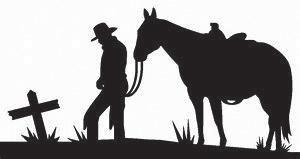
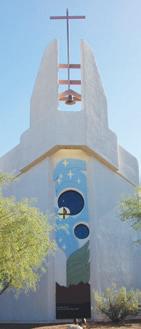
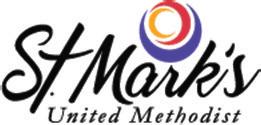
9am - 3pm
Savior Lutheran Church Pastor David Pavesic 7570 N Thornydale Rd • (520) 744-2665 www.beautifulsavior.net








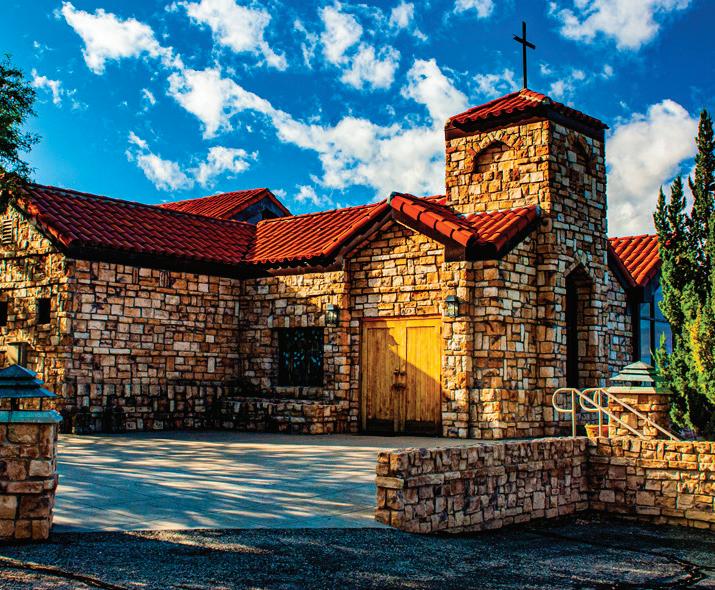
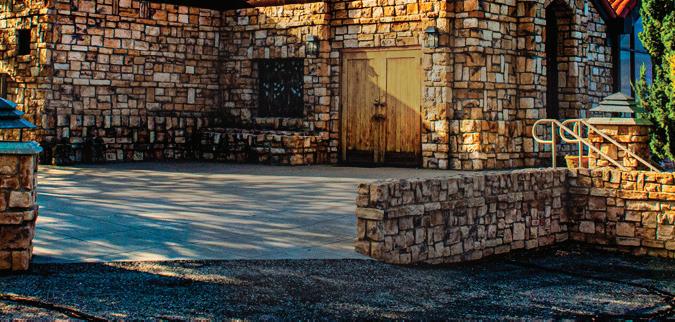







GF and Son Contractor
Family Business 25 yrs. BBB
GF and Son Contractor
Family Business 25 yrs. BBB

GF and Son Contractor
Member & licensed. Specialize in all types of(New/Old) Roof repairs, Coating, Rotten Wood, Fascia Boards, Remodeling & Additions, Permit plans.
GF and Son Contractor
Family Business 25 yrs. BBB
Now Accepting Credit cards
Family Business 25 yrs. BBB
Gary or Chase 520-742-1953
Member & licensed. Specialize in all types of(New/Old) Roof repairs, Coating, Rotten Wood, Fascia Boards, Remodeling & Additions, Permit plans. Now Accepting Credit cards

Member & licensed. Specialize in all types of(New/Old) Roof repairs, Coating, Rotten Wood, Fascia Boards, Remodeling & Additions, Permit plans.


GF and Son Contractor
Family Business 25 yrs. BBB
Now Accepting Credit cards
Gary or Chase 520-742-1953
GF and Son Contractor
Family Business 25 yrs. BBB
Member & licensed. Specialize in all types of(New/Old) Roof repairs, Coating, Rotten Wood, Fascia Boards, Remodeling & Additions, Permit plans. Now Accepting Credit cards
Member & licensed. Specialize in all types of(New/Old) Roof repairs, Coating, Rotten Wood, Fascia Boards, Remodeling & Additions, Permit plans.
Family Business 25 yrs. BBB Member & licensed. Specialize in all types of(New/Old) Roof repairs, Coating, Rotten Wood, Fascia Boards, Remodeling & Additions, Permit plans. Now Accepting Credit cards Gary or Chase 520-742-1953
Gary or Chase 520-742-1953
Gary or Chase 520-742-1953
Member & licensed. Specialize in all types of(New/Old) Roof repairs, Coating, Rotten Wood, Fascia Boards, Remodeling & Additions, Permit plans.
Now Accepting Credit cards
Gary or Chase 520-742-1953
Now Accepting Credit cards
Gary or Chase 520-742-1953



